Marketing to government agencies is fundamentally different from marketing to commercial buyers. While traditional B2B marketing often emphasizes speed, differentiation, and innovation, B2G Marketing must balance those priorities with compliance, accountability, and risk mitigation. Government buyers are not looking to be impressed; they are looking to be confident.
Winning government contracts requires more than responding to RFPs. It demands a long-term marketing strategy that builds credibility, supports business development, and positions your organization as a trusted partner well before procurement begins. Below are the core B2G Marketing strategies that successful contractors use to stand out and win in an increasingly competitive public sector environment.
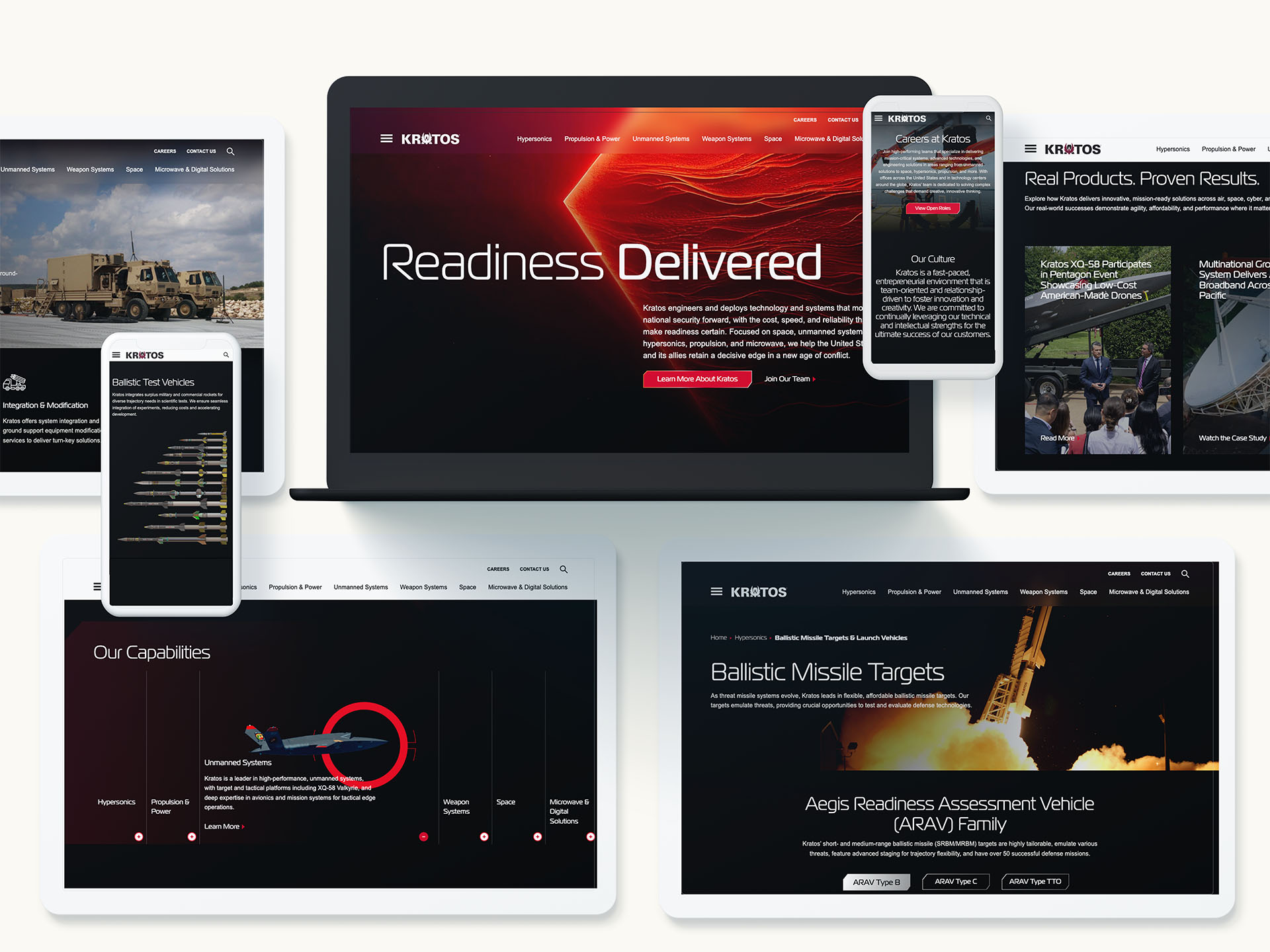
Why B2G Marketing Is Not the Same as B2B
At a surface level, B2G Marketing may resemble B2B marketing. In practice, the differences are substantial.
Government purchasing decisions are shaped by formal procurement rules, multiple stakeholders, and long evaluation timelines. Decisions are rarely made by a single buyer and often involve technical evaluators, contracting officers, program leaders, and legal reviewers. Each audience brings a different set of priorities and constraints.
Effective B2G Marketing recognizes these realities. It prioritizes clarity over cleverness, credibility over hype, and consistency over short-term tactics. Organizations that apply consumer or commercial B2B playbooks without adaptation often struggle to gain traction in the public sector.
Understanding the Government Buyer and Procurement Environment
Successful B2G Marketing begins with understanding how government agencies buy.
Federal, state, and local agencies operate within structured procurement frameworks designed to ensure fairness, transparency, and accountability. While processes vary by agency and contract type, they share common characteristics: defined requirements, documented evaluation criteria, and an emphasis on past performance.
Marketing in this environment is not about bypassing procurement rules. It is about supporting them. Strong B2G Marketing helps government buyers understand your capabilities, assess your relevance, and feel confident in your ability to deliver before they ever see a proposal.
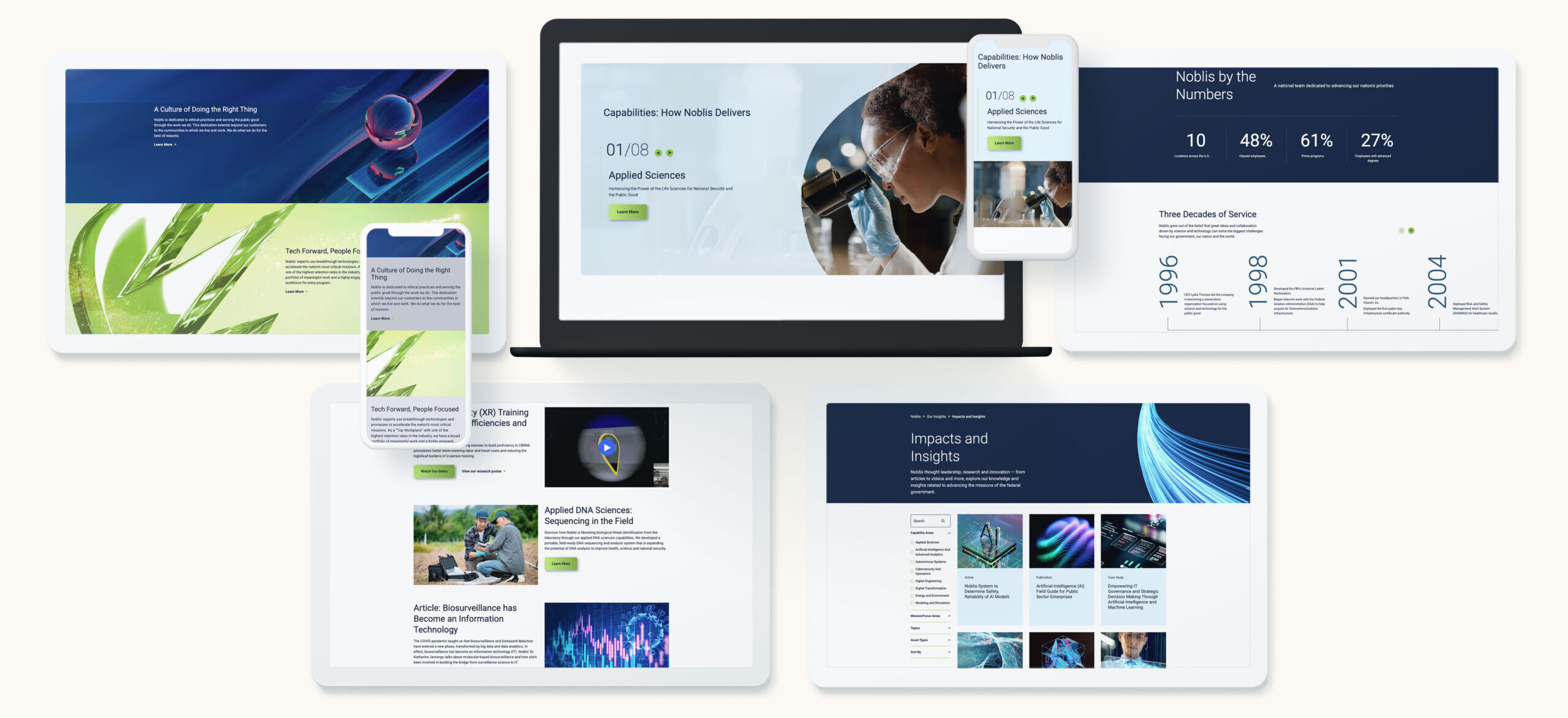
Building a Credible and Compliant B2G Brand
In B2G Marketing, brand is less about personality and more about trust.
Government buyers are risk-averse by design. They want to work with organizations that appear stable, experienced, and reliable. Your brand should reinforce those qualities across every touchpoint, from your website to your proposals to your digital campaigns.
This does not mean your brand must be generic. It does mean it should be clear, professional, and aligned with public sector expectations. Consistency, accuracy, and compliance matter far more than novelty. A credible brand reduces perceived risk and supports evaluation decisions, even when technical scores are close.
Messaging That Aligns With Mission, Outcomes, and Accountability
One of the most common B2G Marketing mistakes is reusing commercial messaging without adaptation.
Government agencies are mission-driven. They care about outcomes, efficiency, and public accountability. Effective B2G messaging speaks to those priorities directly, translating your offerings into tangible benefits such as improved service delivery, cost savings, security, or operational resilience.
Rather than leading with features or innovation, strong B2G Marketing emphasizes impact. It shows how your solution supports the agency’s mission, mitigates risk, and delivers measurable value. Clear, direct language consistently outperforms aspirational or sales-heavy positioning in government contexts.
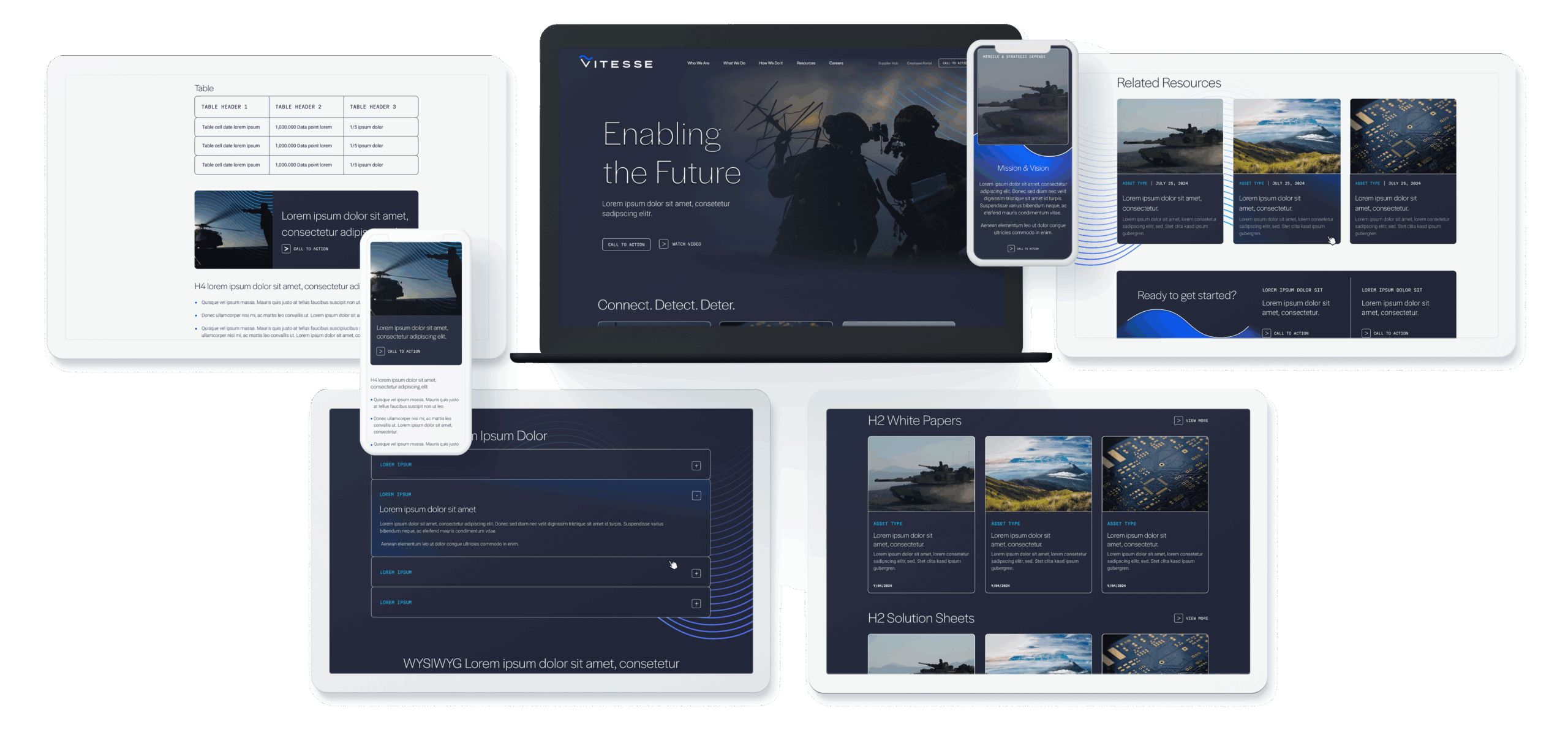
Digital Presence and Content Strategy for Government Buyers
Government buyers conduct significant research long before an RFP is released. Your digital presence often shapes first impressions well in advance of formal engagement.
A strong B2G Marketing website should clearly articulate who you serve, what you do, and where you have succeeded. Case studies, capabilities overviews, and thought leadership help validate experience and expertise. Content should be easy to navigate, accessible, and written for non-marketing audiences.
Thoughtful content strategy supports pre-RFP influence by educating buyers, reinforcing credibility, and aligning your organization with the challenges agencies are trying to solve. In many cases, marketing content becomes a silent partner in the evaluation process.
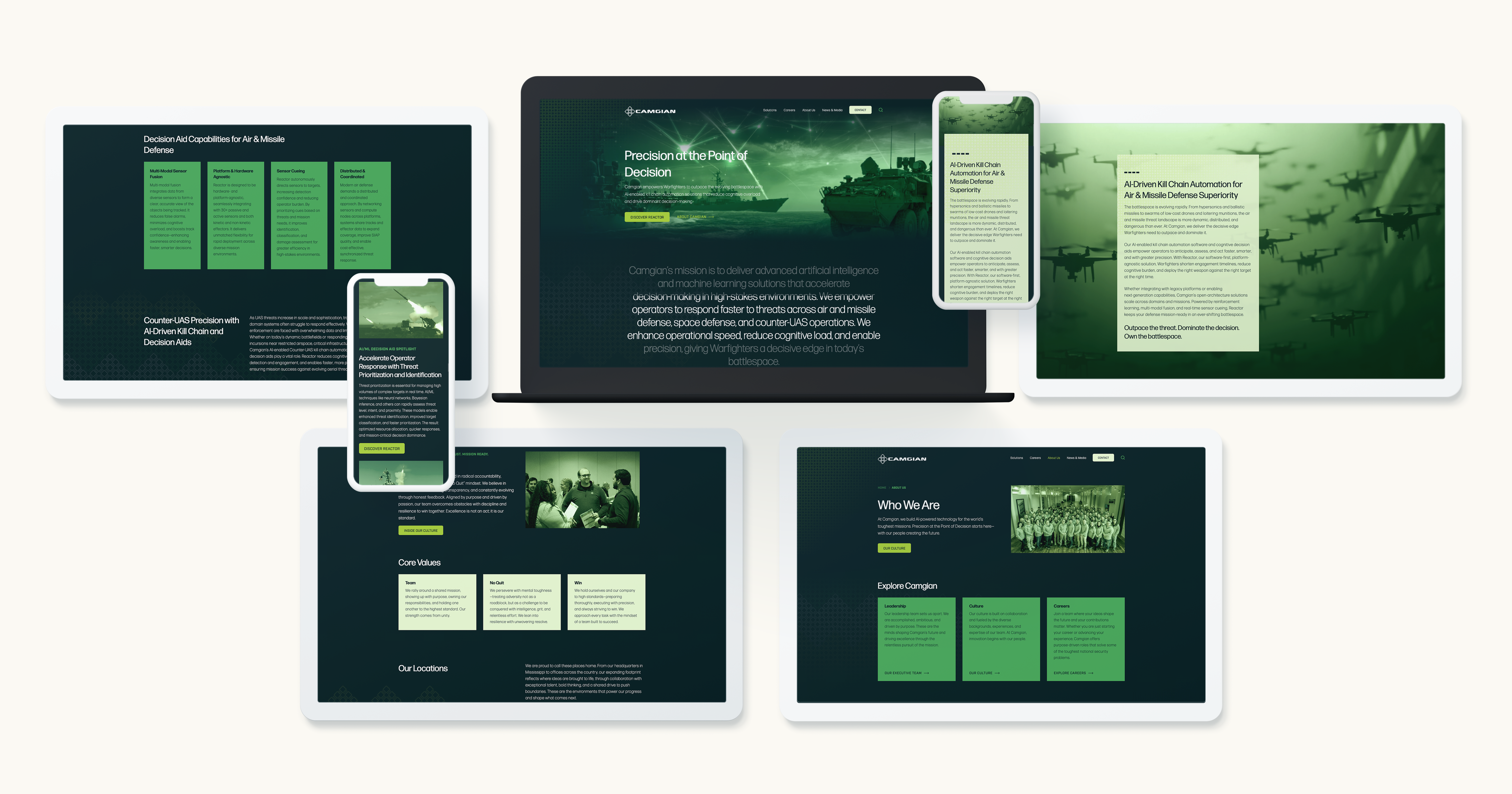
Integrated Campaigns That Support the Full Contract Lifecycle
B2G Marketing is most effective when it is aligned with business development and capture efforts.
Rather than focusing solely on lead generation, integrated B2G campaigns support awareness, education, and validation throughout the contract lifecycle. Marketing can reinforce capture messaging, support proposal themes, and provide air cover for BD teams engaging with agencies.
This integrated approach ensures that marketing investments directly contribute to pipeline quality and win rates. When marketing and capture operate in silos, opportunities are missed. When they work together, marketing becomes a competitive advantage.
Data, Insights, and Targeting in a Restricted Environment
Targeting government audiences presents unique challenges. Many traditional digital targeting methods are limited or unavailable due to privacy, security, and platform constraints.
Effective B2G Marketing relies on a combination of account-based strategies, intent data, partnerships, and contextual targeting. Success is less about volume and more about precision. Understanding which agencies, programs, and stakeholders matter most allows marketing efforts to be focused and efficient.
Measurement also looks different in B2G. Long sales cycles require patience and a broader definition of success, including engagement, awareness, and support for active pursuits.
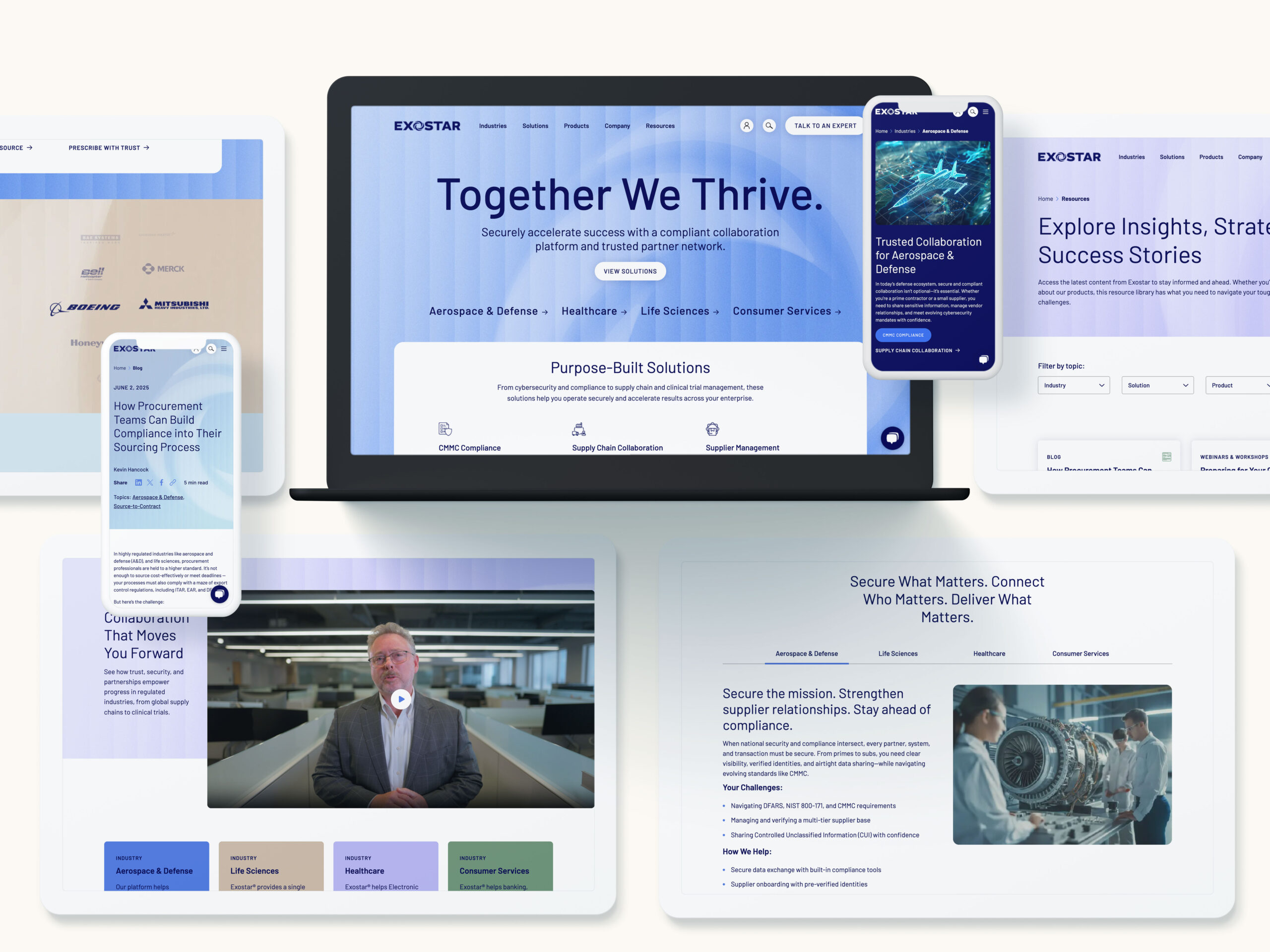
Common B2G Marketing Pitfalls to Avoid
Organizations entering B2G Marketing often make the same avoidable mistakes.
Some rely too heavily on proposals and underinvest in brand and digital foundations. Others use overly commercial messaging that does not resonate with government audiences. Many underestimate the time and consistency required to build credibility in the public sector.
Avoiding these pitfalls requires a deliberate, long-term approach. B2G Marketing is not a campaign. It is a sustained effort to build trust, relevance, and recognition over time.
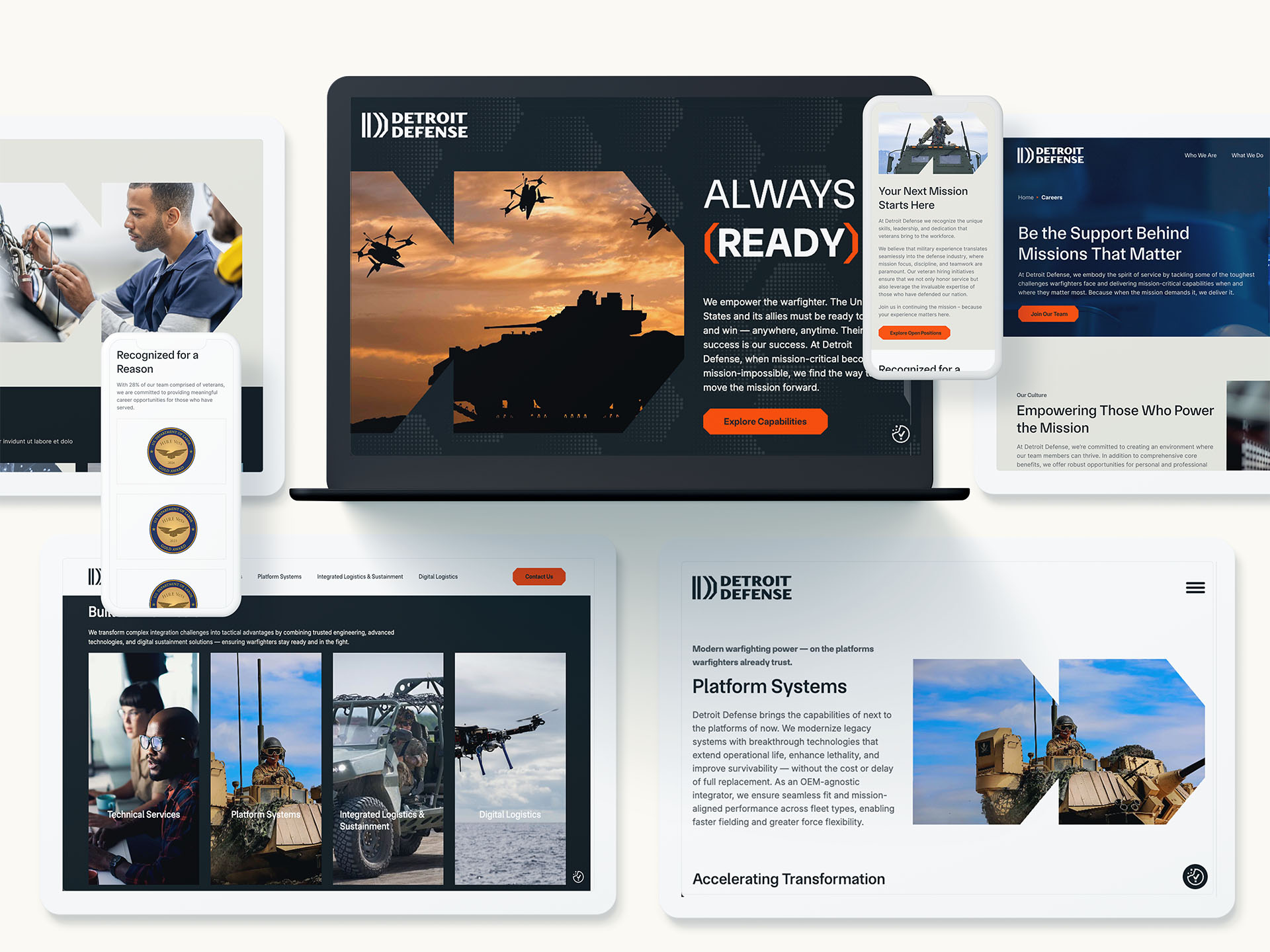
Turning B2G Marketing Into a Competitive Advantage
Winning government contracts requires more than technical expertise. It requires a marketing strategy that supports how government agencies evaluate, select, and partner with vendors.
When executed well, B2G Marketing strengthens brand credibility, supports business development, and improves win rates across the pipeline. It positions your organization not just as a qualified bidder, but as a trusted partner.
Bluetext works with organizations across the public sector to develop B2G Marketing strategies that balance compliance with clarity and credibility with differentiation. If you are evaluating your current approach to government marketing, a strategic assessment is often the best place to start.
Interested in strengthening your B2G Marketing strategy? Contact Bluetext to continue the conversation.
Government contractors operate in a highly competitive and complex environment. Winning contracts requires more than technical expertise or strong past performance—it demands clear, strategic communication that builds credibility, highlights differentiators, and reaches the right stakeholders. In today’s digital-first world, contractors who cannot effectively position themselves risk losing opportunities to more visible and polished competitors.
Government PR Firms specialize in helping contractors navigate this landscape. By combining strategic storytelling, digital channels, and data-driven campaigns, these firms ensure contractors are seen, understood, and trusted by the agencies that matter most. From building brand authority to supporting business development efforts, Government PR Firms provide the expertise contractors need to drive measurable engagement and growth.
The Challenges Contractors Face in Public Sector Marketing
Marketing to government agencies is fundamentally different from commercial B2B marketing. Contractors face unique challenges, including:
- Highly Competitive Bidding Environment
Federal and state agencies receive numerous proposals for each opportunity. Contractors must differentiate themselves clearly to capture attention. - Complex Decision-Making Processes
Government procurement involves multiple stakeholders, compliance requirements, and structured evaluation criteria. Understanding how to reach and influence these audiences is critical. - Establishing Credibility
Agencies prioritize trust and technical competency. Contractors must demonstrate expertise and reliability through messaging that resonates with decision-makers. - Limited Internal Marketing Resources
Many contractors lack dedicated teams with the expertise to execute high-level digital campaigns or create content aligned with government priorities.
These challenges make working with a specialized Government PR Firm a strategic advantage for contractors looking to elevate their visibility and impact.
How Government PR Firms Position Contractors Strategically
Government PR Firms help contractors tell their story effectively and align their messaging with agency priorities. Their expertise includes:
- Narrative Development: Crafting messaging that highlights technical capabilities, past performance, and differentiators.
- Thought Leadership: Establishing contractors as experts through whitepapers, webinars, and content that demonstrates insight into government challenges.
- Competitive Positioning: Analyzing competitors and identifying areas of differentiation to make contractors more compelling.
- Stakeholder Alignment: Ensuring messaging resonates with multiple agency decision-makers and influencers.
By creating a cohesive story that connects technical expertise to mission outcomes, Government PR Firms help contractors stand out in a crowded market.
Driving Digital Engagement for Contractors
Digital channels are essential for reaching agency stakeholders effectively. Government PR Firms help contractors deploy multichannel campaigns that include:
- Website Optimization: Designing contractor sites to appeal to government buyers with clear messaging, capability highlights, and accessible content.
- Social Media Campaigns: Engaging relevant audiences on LinkedIn, Twitter, and industry-specific platforms to showcase expertise.
- Email and Newsletter Outreach: Sharing updates, case studies, and success stories with targeted agency audiences.
- Video and Multimedia Content: Explaining technical solutions or demonstrating impact through dynamic visuals.
- Paid Digital Campaigns: Reaching niche audiences for recruitment, awareness, or program-specific initiatives.
These strategies ensure contractors are visible where agency decision-makers are actively seeking information and solutions.
Supporting Business Development and Proposal Efforts
Government PR Firms play a critical role in supporting business development initiatives:
- RFP and Proposal Messaging: Crafting compelling narratives for capability statements, one-pagers, and proposal materials.
- Pre-RFP Engagement: Using content and digital campaigns to position contractors as credible partners before solicitation.
- Highlighting Past Performance: Demonstrating proven results through case studies, testimonials, and measurable impact.
This coordinated approach helps contractors make a strong impression throughout the entire procurement lifecycle, not just during proposal submission.
Data-Driven Insights for Contractor Campaigns
Government PR Firms leverage analytics to measure campaign effectiveness and refine strategies. They track metrics such as:
- Website traffic and engagement
- Content downloads and resource views
- Social media reach and impressions
- Inquiry submissions and leads
By analyzing these insights, firms optimize campaigns to improve contractor visibility among agency stakeholders, ensure messaging resonates, and demonstrate return on investment for digital engagement initiatives.
Building Credibility and Trust With Agencies
Trust is non-negotiable in government contracting. Government PR Firms help contractors:
- Ensure Accuracy and Compliance: Messaging aligns with regulatory requirements and avoids misrepresentation.
- Showcase Expertise: Thought leadership, technical guides, and case studies reinforce authority.
- Manage Digital Presence: Websites, social channels, and campaigns reflect professionalism and readiness to execute on contracts.
This focus on credibility strengthens contractor relationships with agencies and positions them as reliable, informed partners.
Why Contractors Should Partner With Government PR Firms
Working with a specialized PR firm gives contractors a competitive edge:
- Deep Knowledge of Government Audiences: Expertise in procurement cycles, decision-maker priorities, and agency challenges.
- Strategic Digital Execution: Integrated campaigns that amplify messaging and generate measurable engagement.
- Enhanced Thought Leadership: Positioning contractors as experts in their field through content, events, and media.
- Support for Business Development: Aligning marketing efforts with proposal strategy to increase contract opportunities.
Bluetext combines public-sector experience with digital marketing expertise to help government contractors maximize visibility, credibility, and engagement. Contact us today to explore how we can elevate your next campaign and strengthen your position in the government contracting market.
If you’re a government contractor, you know SAM.gov is a must. It’s the gateway to doing business with the federal government, the baseline requirement for eligibility, and a compliance necessity. But here’s the hard truth: being listed on SAM.gov alone does not make you a competitive strategy. In today’s federal procurement landscape, a modern digital presence is just as critical as your contract vehicles.
Your website, social presence, and digital credibility often speak louder than a registration number. Procurement officers, prime contractors, and agency decision-makers increasingly research vendors online before reaching out. Simply put, SAM.gov tells them you exist—but your digital brand tells them why they should care.

The Modern GovCon Buying Journey Has Changed
The federal buying journey has evolved. Buyers don’t wait until an RFP drops to assess potential partners—they research online, attend virtual events, and review thought leadership long before formal procurement processes begin.
Consider this: more than 70% of B2B buyers—federal included—conduct online research to vet potential vendors. They evaluate websites, social media profiles, and digital content to judge credibility and capability. A contractor with a strong digital footprint signals readiness, expertise, and reliability in ways that a SAM.gov listing simply cannot.
In essence, the playing field has shifted. Eligibility is required. Visibility and trust are differentiators.
The Problem with Relying on SAM.gov Alone
SAM.gov is static. It lists entities and contract vehicles but does not communicate value propositions, innovation, or performance history. Agencies don’t use SAM.gov to discover new vendors—they use it to verify credentials.
This leaves a gap: contractors who rely solely on SAM.gov may be invisible during early research stages. Two vendors could hold identical GWACs or IDIQs, yet the one with a polished website, active thought leadership, and consistent social presence will stand out. The question isn’t whether you’re compliant—it’s whether you’re compelling.
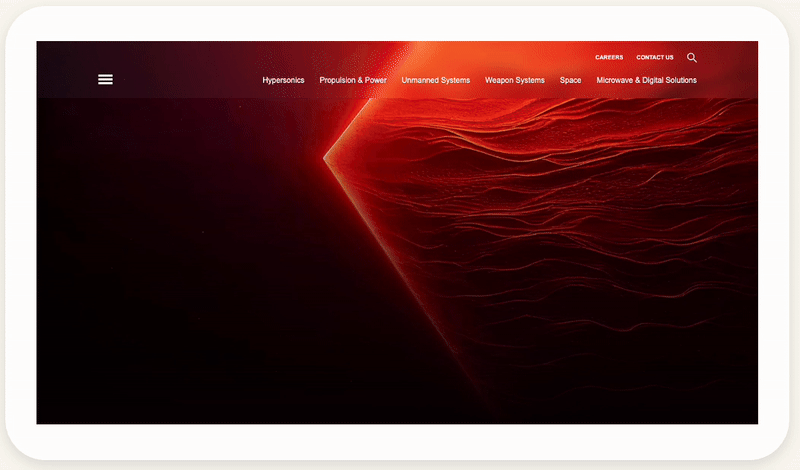
Digital Best Practices for GovCon Brands
Investing in your digital presence is no longer optional. Here’s how contractors can elevate their digital strategy:
1. Modernize Your Website
Think of your website as your digital contracting office. It should be clear, credible, and user-friendly. Include:
- Capabilities statements and case studies
- Contract vehicles and certifications
- Team and leadership profiles
- Mobile-friendly design and Section 508 compliance
A strong site demonstrates professionalism and operational readiness, making it easier for decision-makers to trust you.
2. Tell a Clear Brand Story
Your brand story sets you apart. Focus on:
- Mission alignment and impact
- Differentiators beyond contract numbers
- Visuals and messaging tailored to federal audiences
A concise, compelling narrative makes your brand memorable and positions you as a thought leader, not just a vendor.
3. Build a Thought Leadership Engine
Content is credibility. Develop insights on procurement trends, modernization efforts, or technical innovations. Publish blog posts, white papers, or LinkedIn articles that show your expertise. Position executives as industry voices to build trust and influence early-stage research.
4. Leverage SEO and Paid Media Strategically
Optimized digital content helps buyers and partners find you. Focus on:
- Keywords relevant to federal procurement and your niche (e.g., “cybersecurity modernization contractor”)
- Targeted paid campaigns to reach agency decision-makers and prime contractors
- Conversion tracking tied to forms, downloads, or event registrations
SEO and paid media extend your visibility beyond SAM.gov, helping you compete for attention where research starts.
5. Strengthen Digital Credibility
Consistency matters. Maintain a professional brand across your website, LinkedIn, industry directories, and proposals. Highlight contract vehicles, certifications, and partnerships. Incorporate testimonials or case summaries to validate performance. Every touchpoint should reinforce that your brand is capable, reliable, and mission-focused.

Measuring Digital Maturity in GovCon Marketing
Digital success is measurable. Key metrics include:
- Website traffic and engagement from federal IP ranges
- Inbound inquiries from teaming partners or agencies
- Search visibility for capability-specific terms
- Content engagement and social impressions among government audiences
Analytics not only track outcomes—they inform iteration. By understanding how your digital presence resonates, you can optimize content, adjust messaging, and enhance brand impact.
Visibility That Wins Beyond SAM.gov
A strong digital presence translates to tangible benefits:
- Attract more teaming partners: Primes prefer vendors who look ready and capable online.
- Stand out in market research: Agencies notice brands that demonstrate expertise through thought leadership and compelling messaging.
- Shorten capture cycles: Clear, accessible, and credible content reduces friction during evaluation and decision-making.
Investing in digital strategy ensures that your SAM.gov listing becomes more than compliance—it becomes the starting point for a living, breathing brand that signals competence and trustworthiness.
How Bluetext Helps GovCon Brands Stand Out
At Bluetext, we specialize in branding and digital marketing for government contractors. We help organizations:
- Refresh their brand identity and positioning
- Build websites that communicate capabilities and credibility
- Develop thought leadership programs and content strategies
- Optimize digital visibility for federal audiences
Our clients don’t just meet eligibility requirements—they stand out, engage buyers early, and compete effectively in a crowded federal marketplace.
Ready to go beyond SAM.gov? Contact Bluetext to modernize your digital presence and position your brand for growth in government contracting.
In B2G marketing, trust is everything. Government buyers and influencers rely on credibility, reputation, and expertise when choosing private-sector partners. Traditional marketing tactics like whitepapers and webinars still matter, but one channel is increasingly cutting through the noise: podcasting.
For companies looking to humanize their brand, elevate executives as thought leaders, and reach niche federal audiences, podcasting is proving to be a content play that works.
Why Podcasting Resonates with Public Sector Audiences
Unlike sales pitches or promotional campaigns, podcasts provide a conversational and authentic format. Government leaders and influencers can hear directly from executives in their own voices — building trust through tone, transparency, and thought leadership.
Podcasts also fit the schedules of busy decision-makers. Whether commuting, traveling, or multitasking, federal audiences can consume episodes on their terms. This accessibility gives B2G brands a powerful way to stay top-of-mind.
Industry leaders across defense, aerospace, and IT are already embracing this format, positioning themselves as trusted advisors while shaping conversations on mission-critical topics.

Executive Podcasts as Thought Leadership Tools
One of the strongest advantages of podcasting in the public sector is its ability to amplify executive voices. When leaders host or participate in a podcast, they become credible voices in the GovCon space, reinforcing expertise and authenticity.
These recordings don’t just live as audio. A single episode can be repurposed into:
- Blog posts summarizing key insights
- Social media clips to extend reach
- Quotes and soundbites for marketing campaigns
- Event materials to reinforce messaging
This makes podcasting a content engine that powers multiple channels while maintaining consistency of message.
Strategic Benefits of B2G Podcasting
For public sector marketers, podcasting offers unique strategic advantages:
- Direct access to niche audiences — from federal program managers to defense industry insiders.
- A platform to shape narratives around emerging policy, technology adoption, or mission priorities.
- A trust multiplier by letting audiences hear the human side of executives.
- Content atomization that extends ROI across blogs, email campaigns, and video snippets.
For organizations competing in complex federal markets, podcasts can differentiate a brand by blending thought leadership with authenticity.
How to Build a Successful Public Sector Podcast
Launching a podcast isn’t just about recording conversations — it’s about creating a deliberate strategy.
Define Your Audience and Mission
Clarify which government buyers, influencers, or stakeholders you want to reach and what value you’ll provide them.
Identify Strong Executive Voices
Choose leaders who can speak with authority on topics relevant to federal missions and priorities.
Develop Compelling Themes
Align content with issues that matter most to your audience — cybersecurity, modernization, workforce readiness, or space innovation.
Invest in Production Quality and Consistency
Audio quality, editing, and a regular publishing cadence all contribute to credibility and long-term engagement.
Promote Across Channels
Leverage owned channels (website, newsletters), earned opportunities (media mentions), and paid promotion (LinkedIn ads) to maximize reach.
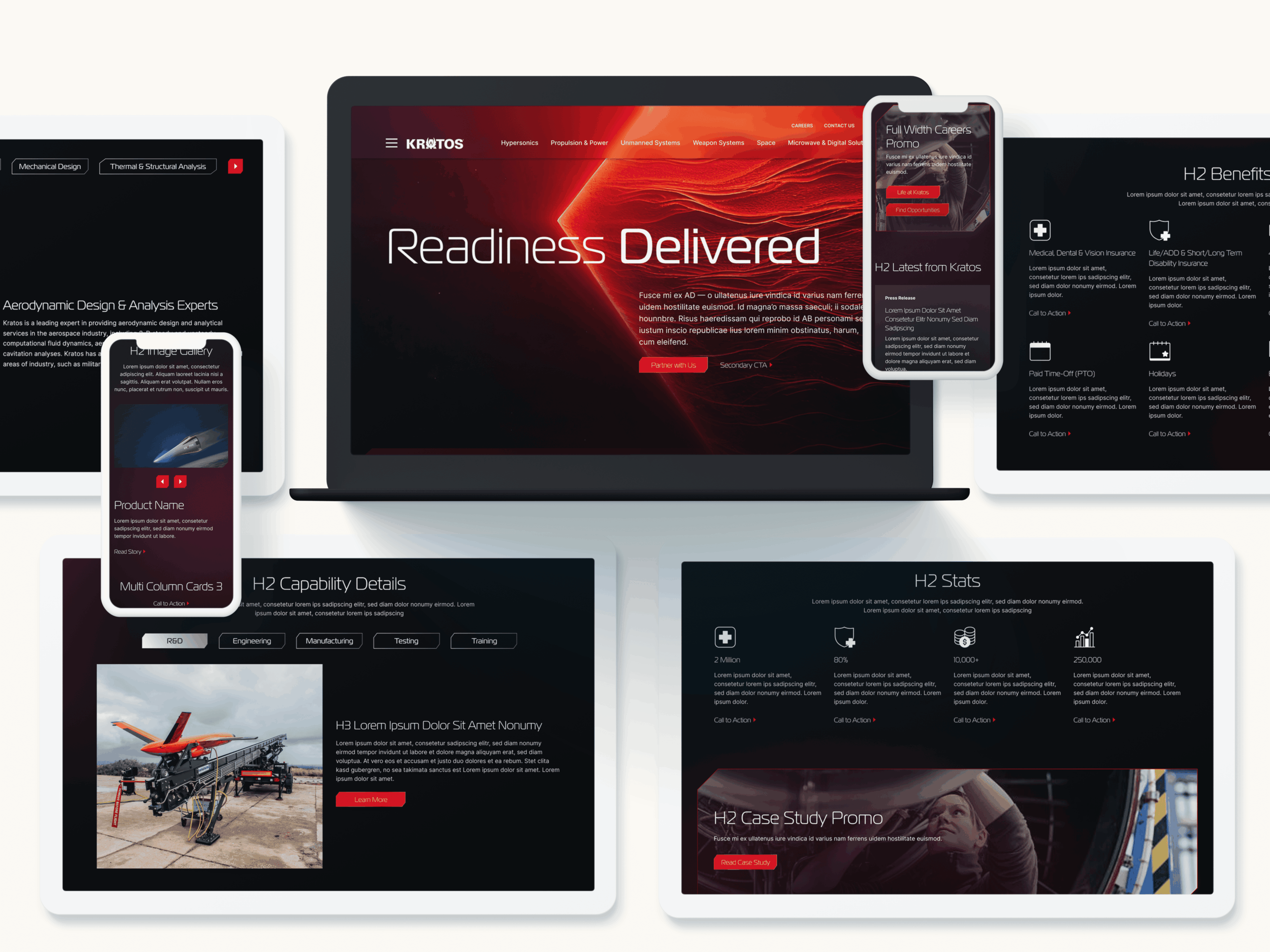
Challenges and Best Practices
Public sector podcasting comes with considerations. Content must respect compliance guidelines and avoid appearing promotional. The most effective podcasts are educational and mission-focused, not sales-driven.
Best practices include:
- Keeping episodes concise and engaging (20–30 minutes is ideal).
- Featuring a mix of internal and external guests for diversity of thought.
- Building an editorial calendar to sustain content over time.
- Measuring engagement with downloads, listens, and repurposed asset performance.
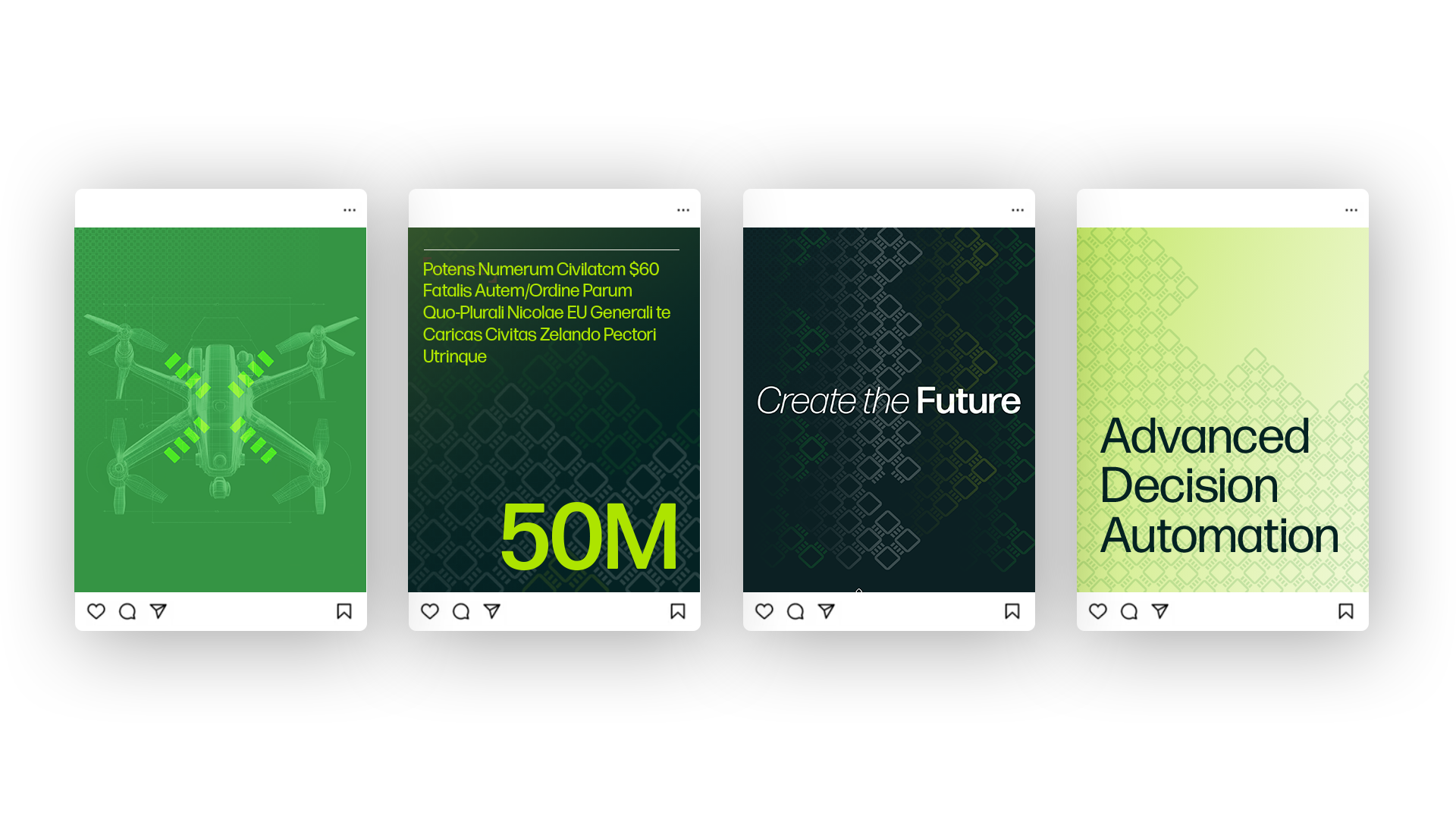
Why Now Is the Time to Invest in B2G Podcasting
The federal market is becoming more digital-first than ever before. As agencies seek new ideas and trusted partners, executive voices delivered through podcasts offer authenticity and thought leadership that government buyers value.
B2G companies that embrace this medium today will be better positioned to build credibility, influence conversations, and strengthen relationships in tomorrow’s competitive environment.
Ready to Launch a Podcast That Resonates?
Podcasting is no longer an experimental channel for public sector marketing — it’s a proven way to build trust and amplify executive thought leadership.
Ready to launch a podcast that resonates with government audiences? Contact Bluetext to start building a B2G podcast strategy that works.
In industries where compliance is non-negotiable—government contracting, defense, and other regulated spaces—marketing can feel like coloring inside the lines with a dull pencil. But while rules and regulations define what you can’t do, they don’t have to limit your ability to stand out. Striking, compliant creative is possible—and it’s often the difference between blending in and breaking through.
The Compliance-Creativity Dilemma
For many government contractors and businesses in regulated industries, creative execution defaults to “safe.” Campaigns rely on muted palettes, stock-heavy imagery, and conservative messaging designed to avoid compliance risk.
But there’s a cost to playing it too safely. When every competitor’s materials look nearly identical, brands struggle to stand out, build recognition, and win mindshare with government buyers.
The challenge: balancing creativity and compliance without letting the latter completely suppress the former.

Why Standing Out Matters in Conservative Spaces
Even in highly conservative industries, audiences are still people. They’re inundated with information and marketing messages daily, which makes capturing attention harder than ever. Safe, predictable creative may not raise compliance flags—but it rarely sparks engagement or builds emotional connection.
Bold but compliant creative can:
- Differentiate your brand in crowded markets.
- Signal innovation and forward-thinking without straying from the rules.
- Build credibility by showing you understand both the mission and the market.
When executed thoughtfully, compliance doesn’t have to be the enemy of creativity. It can serve as the framework that ensures strong ideas are delivered responsibly.
Strategies for Compliant but Striking Creative
Start with a Strong Brand Foundation
The most successful campaigns are built on a brand strategy that aligns with your mission, values, and audience expectations. Before diving into design, ensure your messaging framework is crystal clear—this creates a guardrail for compliance while giving creative teams room to innovate.
Use Color and Typography Thoughtfully
Color is one of the simplest ways to bring energy into conservative marketing. Bright, modern palettes can make visuals pop while still feeling professional. Typography can also signal sophistication and innovation—sans serif fonts, for example, can look contemporary without being risky.
The key is balance: pair bold accents with grounded neutrals to avoid overwhelming the audience.
Visual Storytelling Without the Risk
Imagery is a common compliance minefield, especially for defense or B2G campaigns. Instead of overused stock photos or restricted military imagery, lean on custom iconography, data visualizations, or abstract patterns that represent innovation. Infographics and illustrations can convey complex concepts without crossing sensitive lines.
Language That Resonates and Complies
Words carry just as much weight as visuals. Avoid restricted claims (e.g., “the only solution” or unverifiable superlatives), but don’t settle for lifeless copy. Use persuasive language that emphasizes mission alignment, reliability, and innovation. Active voice and customer-focused phrasing can make messaging both powerful and safe.
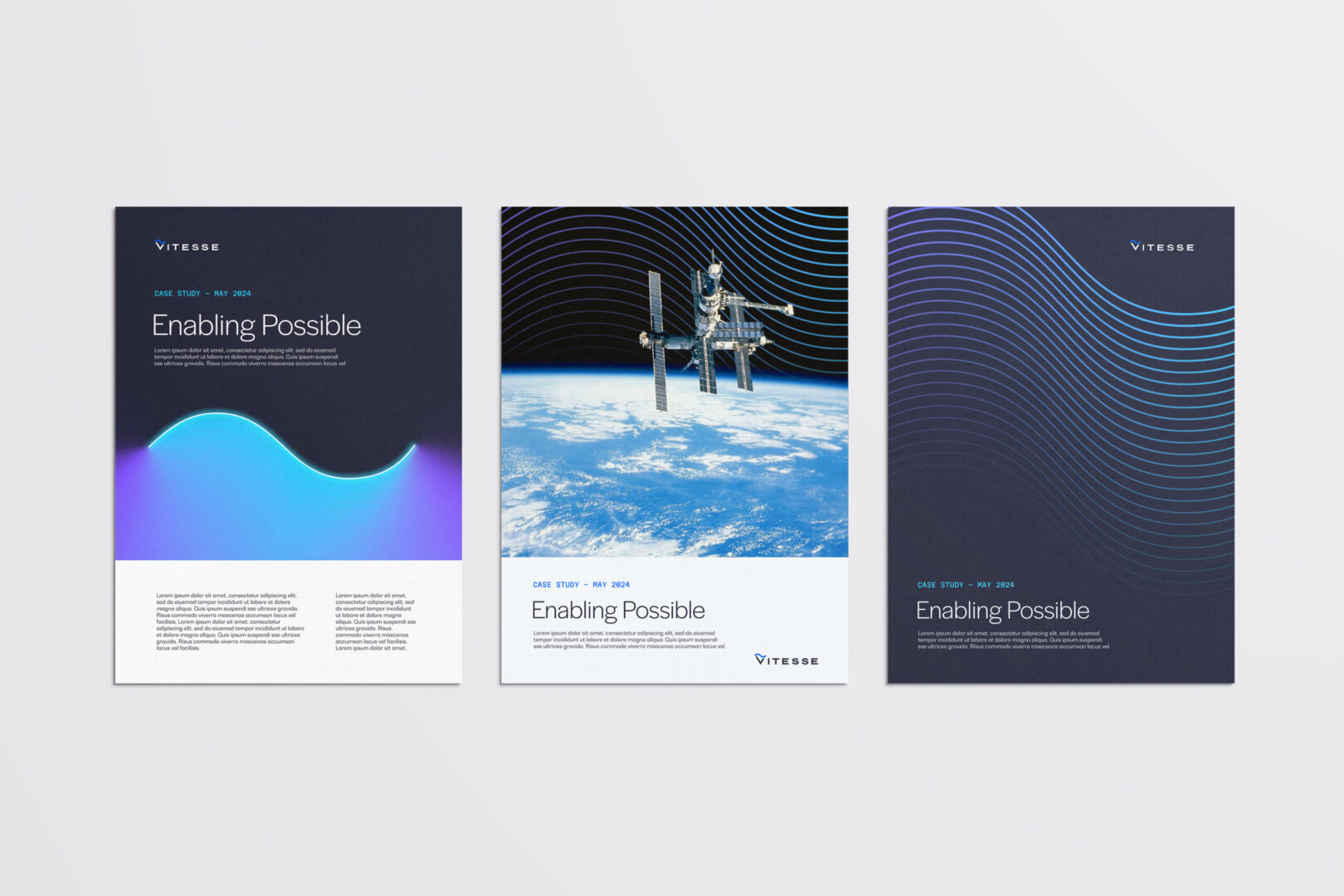
Real-World Applications in B2G Marketing
Consider two campaign directions for a defense contractor:
- Safe approach: muted blue-gray palette, stock photos of people in suits, copy that says “trusted solutions for mission success.”
- Striking but compliant approach: bold accent colors layered over technical schematics, clean iconography, copy that emphasizes “advancing mission outcomes with innovation and integrity.”
Both approaches check the compliance box—but only one truly stands out.
Best Practices for Teams in Regulated Industries
Breaking the mold without breaking the rules requires process as much as creativity. A few best practices include:
- Engage compliance teams early. Make them partners in the creative process rather than last-stage reviewers.
- Build checkpoints into your workflow. This prevents wasted time revising ideas that may not pass final review.
- Leverage external expertise. Outside partners can bring fresh creative ideas informed by compliance considerations, giving you the best of both worlds.
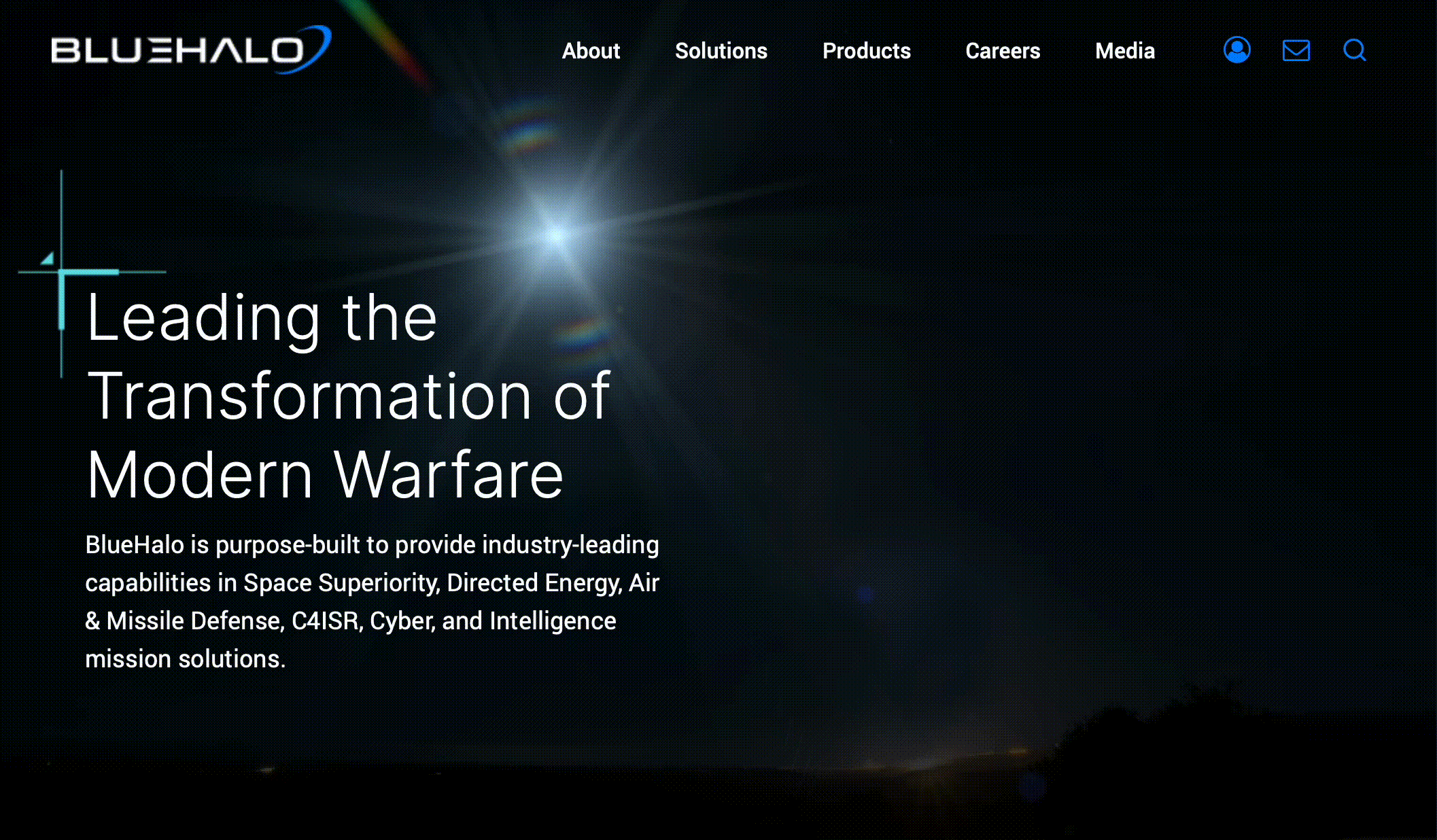
Bringing Creativity Into Compliance
In conservative spaces, too many brands let compliance clip their creative wings. But with the right strategy, process, and design choices, it’s possible to build campaign assets that are both visually striking and fully compliant.
Now is the time to embrace bold ideas—because in a market where sameness is the norm, the brands that stand out will be the ones remembered.
Ready to take your creative beyond the basics—without crossing compliance lines?
Connect with Bluetext to explore how bold ideas can work for your brand.
When marketing to federal agencies, many contractors make the same mistake: focusing on technical specifications or internal org structures rather than what truly matters to their audience. Federal decision-makers are measured by how well they deliver on their mission objectives—protecting national security, providing healthcare, modernizing IT, or improving citizen services.
That’s why the most effective federal marketing strategies don’t lead with features or job titles. They connect directly to the mission outcomes that agencies care about most.
Why Mission-Driven Messaging Matters in Federal Marketing
Every agency has a clear purpose. For the Department of Defense, it’s national security. For the Department of Veterans Affairs, it’s serving veterans. For the Department of Education, it’s supporting students.
When you align your messaging with these objectives, you:
- Demonstrate understanding of the agency’s priorities.
- Build credibility by showing you’re mission-focused, not just product-driven.
- Differentiate your brand from competitors who rely on technical jargon.
In short: agencies don’t buy cloud migration—they buy faster delivery of critical services. They don’t buy cybersecurity—they buy assurance that sensitive data and systems are protected.
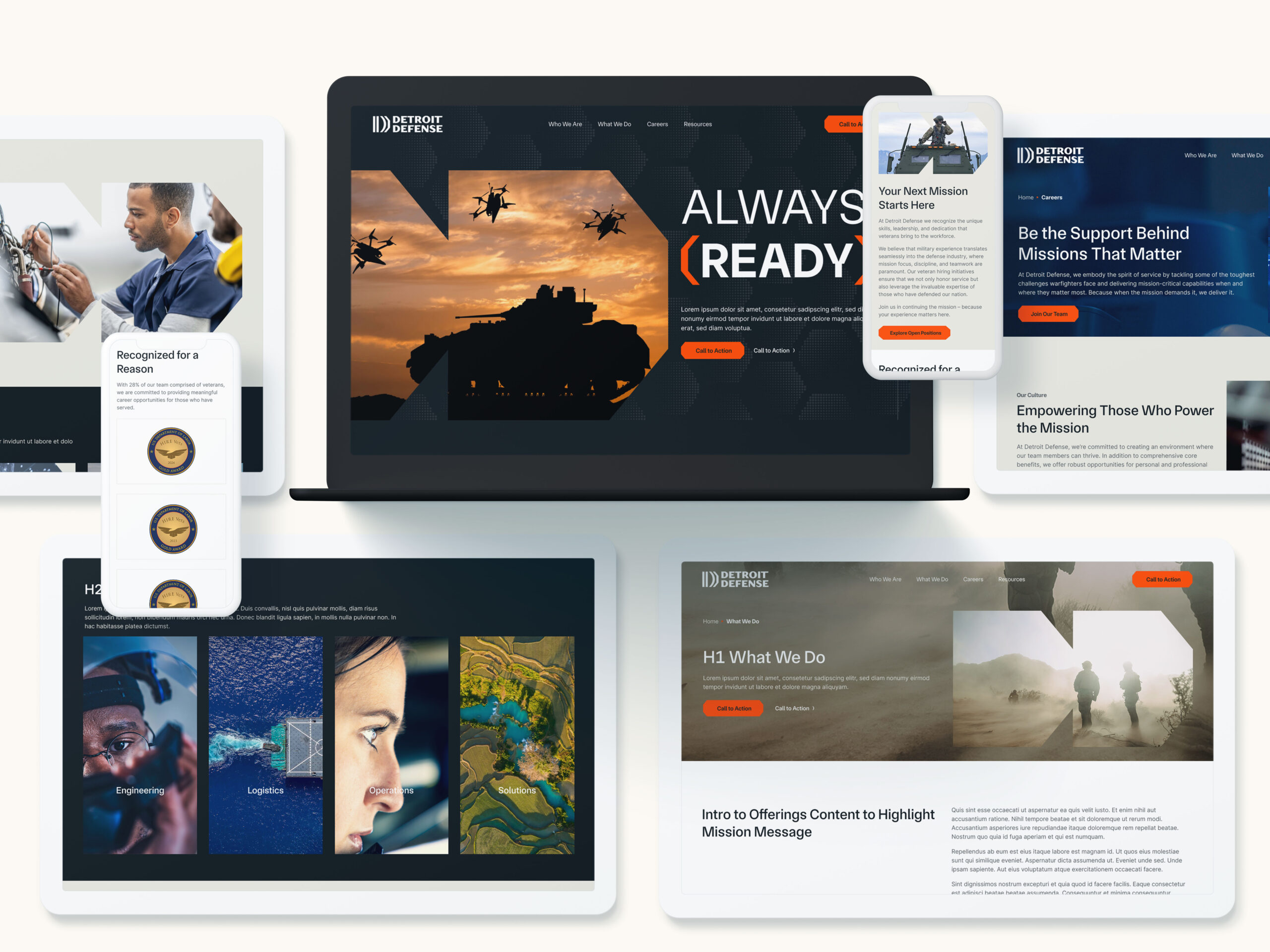
Common Pitfall: Marketing to the Org Chart
Too often, GovCon marketing defaults to:
- Calling out specific divisions or job titles
- Leading with technical specs and configurations
- Positioning solutions around internal processes instead of external outcomes
This can feel disconnected because agency buyers don’t measure success based on whether a contractor understands their org chart—they measure success based on mission progress. Marketing that doesn’t connect to that bigger picture risks being ignored.
The Power of Framing Around Mission Objectives
Federal audiences are motivated by the impact of their work. When your messaging ties solutions directly to those impacts, it resonates.
- Cybersecurity solutions → safeguarding national security, protecting citizens’ data.
- Cloud migration services → enabling faster and more reliable delivery of public services.
- AI-driven analytics → accelerating decision-making in defense and intelligence missions.
- Logistics technology → ensuring that critical resources reach warfighters and citizens in need.
By reframing features into outcomes, you speak the language that decision-makers value most: mission success.

Strategies for Crafting Mission-Focused Messaging
So how can marketers shift from product-centric to mission-centric messaging?
- Research agency priorities
- Review budgets, strategic plans, and congressional testimony.
- Pay attention to speeches and press releases from agency leadership.
- Translate features into outcomes
- Instead of “99.99% uptime,” say “ensures uninterrupted access to critical services.”
- Instead of “advanced AI algorithms,” say “accelerates threat detection to protect national security.”
- Use agency language
- Mirror the terms used in agency strategy documents to build familiarity and trust.
- Tell mission stories
- Share case studies and examples of how your solution has directly advanced agency objectives.
Questions to Guide Your Messaging
- What problem does this agency exist to solve?
- How does our solution accelerate mission delivery?
- What risks does it reduce or eliminate?
- How can we express this benefit in the agency’s own language?
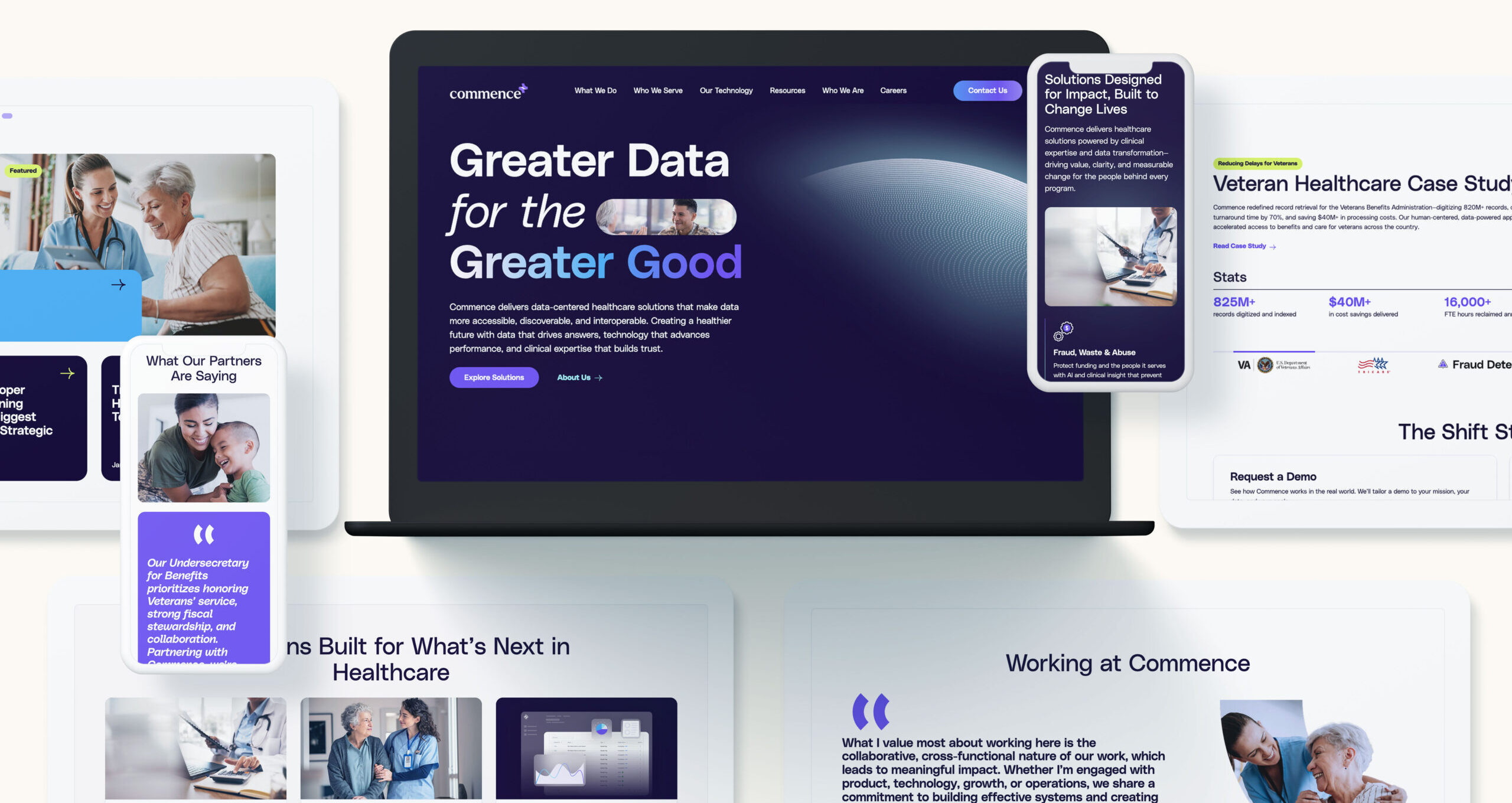
Bringing Mission-Centric Marketing Into Practice
Turning this principle into practice requires alignment across teams:
- Workshopping messaging with business development, technical experts, and marketing to ensure solutions are framed in terms of mission outcomes.
- Embedding mission alignment into proposals, websites, campaigns, and thought leadership content.
- Measuring impact by tracking how mission-driven messaging affects engagement, win rates, and agency perception.
When mission is at the center, marketing becomes a tool not just for promotion, but for building trust and relevance with federal audiences.
Elevating Federal Marketing Through Mission-First Messaging
Federal buyers want partners who understand their mission. By focusing on outcomes instead of specs—and by marketing to the mission, not the org chart—you show agencies that you’re invested in their success.
This shift not only makes your marketing more effective, it positions your brand as a true mission partner.
Looking to sharpen your federal marketing strategy? Contact Bluetext to craft mission-driven messaging that resonates with government audiences.
As the federal government heads into the final stretch of 2025, the policy and budget calendar is packed with crucial milestones that will shape the year ahead. From debates on defense spending to the potential for a government shutdown, businesses, policymakers, and stakeholders alike should keep a close eye on the following timeline.
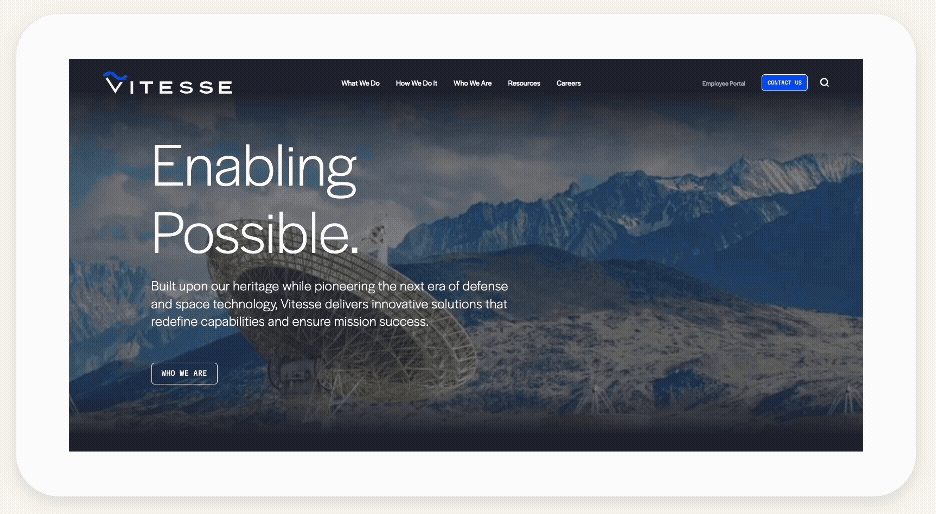
September: Congress Returns, Defense Debate Heats Up
- September 2 – Congress reconvenes
The House and Senate return from the August recess facing a compressed fall schedule. The limited number of working days combined with partisan divides makes September a critical month for moving legislation. - Mid- to Late September – NDAA debate
The FY26 National Defense Authorization Act (NDAA) is expected to dominate floor time. The NDAA, one of the few “must-pass” bills, establishes defense policy priorities for the coming fiscal year. It will likely spark heated debates on issues ranging from military modernization and cybersecurity to funding levels for Ukraine, Taiwan, and Indo-Pacific deterrence. For defense contractors, the bill provides an early signal of where funding opportunities—and risks—may lie. - September 22–26 – A scheduled recess
Just as momentum begins to build, both chambers step away for a recess, followed by additional staggered breaks throughout the fall. This further compresses the legislative calendar, leaving fewer days for action before the October funding deadline.
October: Funding Deadline Looms
- October 1 – Start of FY26
The new fiscal year begins, but appropriations are unlikely to be completed. Congress must decide between passing a continuing resolution (CR)—which extends current funding levels temporarily—or risking a government shutdown. Both outcomes create uncertainty: a CR locks agencies and contractors into prior-year spending patterns, while a shutdown halts federal operations, delays payments, and disrupts contracts. - October Recesses
Compounding the challenge, both the House and Senate will take recesses during the first half of the month, shrinking the window for negotiations. This dynamic often pushes deals closer to the brink, increasing the likelihood of stopgap measures instead of long-term appropriations.
November-December: Budget Battles and Year-End Deadlines
- November–December – OMB passbacks
The Office of Management and Budget (OMB) issues its “passbacks” on agency budget requests for FY27. These directives shape how agencies revise their plans before submitting final budget proposals to the White House. For industry, passbacks serve as an early readout of the administration’s strategic priorities—whether that’s more investment in emerging technologies, infrastructure, or healthcare. - December 18–19 – Year-end deadlines
Congress faces its traditional year-end cliff: the House adjourns on December 18, and the Senate on December 19. The final weeks often see frenetic activity, as lawmakers push through spending bills, policy riders, and sometimes major legislative packages. For businesses, this is a period to watch closely, as last-minute provisions can significantly impact markets, industries, and federal contracting.
Early 2026: State of the Union and FY27 Budget
- January – State of the Union (date TBD)
The President’s annual address provides both a policy roadmap and a political message. With the 2026 midterm elections on the horizon, expect the speech to highlight administration achievements while laying out funding priorities that appeal to key constituencies. For stakeholders, this is a chance to gauge where legislative energy may flow in the coming year. - February – FY27 budget release (date TBD)
The White House submits its FY27 budget to Congress, officially launching the next cycle of budget negotiations. This submission sets the tone for appropriations debates and signals which programs may see growth or cuts. Federal contractors and agencies alike should prepare to align their strategies with these early indicators.
Ongoing Considerations
- Senate confirmations
Executive and judicial nominations remain a steady undercurrent throughout the year. Prolonged confirmation battles can slow agency leadership transitions and judicial appointments, both of which have downstream effects on policy implementation and regulatory enforcement. - Industry engagement
Groups such as the Professional Services Council (PSC) continue to provide valuable context for businesses navigating the budget cycle. Events like the September 4th session with Houlihan Lokey offer insights into fiscal trends, acquisition strategies, and the broader political environment. Staying connected to these updates is critical for interpreting policy shifts in real time.

Why This Matters
For contractors, investors, and agencies, this timeline is more than just dates on a calendar—it represents moments of risk, opportunity, and strategic inflection. Key areas of focus include:
- Defense Spending – The NDAA sets the framework for defense priorities and investments, shaping opportunities across the national security sector.
- Government Funding – CRs and shutdown threats introduce uncertainty, delaying projects, disrupting hiring, and constraining innovation.
- Future Budgets – OMB passbacks and the FY27 budget submission provide an early glimpse of long-term priorities that will ripple through industries well beyond Washington.
Final Takeaway
The remainder of 2025 and the start of 2026 will be defined by fiscal deadlines, defense debates, and political positioning. For federal contractors, investors, and policymakers, the key to navigating this landscape lies in preparation and engagement. By tracking these milestones, anticipating potential disruptions, and aligning with emerging priorities, stakeholders can position themselves not only to manage risk—but to seize opportunity in a rapidly evolving federal landscape. Bluetext partners with organizations to translate these complexities into actionable strategies—contact us today to position your organization for success.
For brands in highly regulated industries like healthcare, finance, or defense, social media often feels like a double-edged sword. On one hand, it offers powerful tools for engagement, brand awareness, and lead generation. On the other, strict compliance rules can make marketers wary of posting anything at all.
The good news: regulated brands can thrive on social media—but only if they strategically balance creativity with compliance. With the right approach, social campaigns can be both bold and fully compliant, helping brands stand out while avoiding legal or reputational risks.
Why Social Media Matters for Regulated Brands
Social media is no longer optional for professional brands; it’s a critical channel for communication and engagement. Decision-makers in healthcare, finance, and defense increasingly rely on digital platforms to research solutions, share insights, and build professional networks.
For example, healthcare organizations can educate providers and patients, finance brands can simplify complex financial concepts, and defense contractors can showcase thought leadership and innovation. Statistics show that over 80% of B2B buyers research companies on social media before making decisions, making a strong presence crucial—even in regulated spaces.
By developing a social media strategy for regulated industries, brands can increase reach, build trust, and position themselves as leaders in their sector—all without compromising compliance.

Common Compliance Challenges
Marketing in regulated industries comes with unique challenges. Some of the most common include:
- Legal Restrictions: HIPAA in healthcare, SEC advertising rules in finance, and ITAR regulations in defense create boundaries for what can be posted.
- Privacy Concerns: Protecting sensitive customer or patient data is paramount.
- Content Approval Requirements: Many posts require review from legal or compliance teams before publication.
- Brand Reputation Risk: A single misstep can have significant financial or reputational consequences.
Understanding these friction points is key to designing campaigns that are both compliant and effective. Even minor missteps—like sharing unapproved data or making inaccurate claims—can have major consequences.
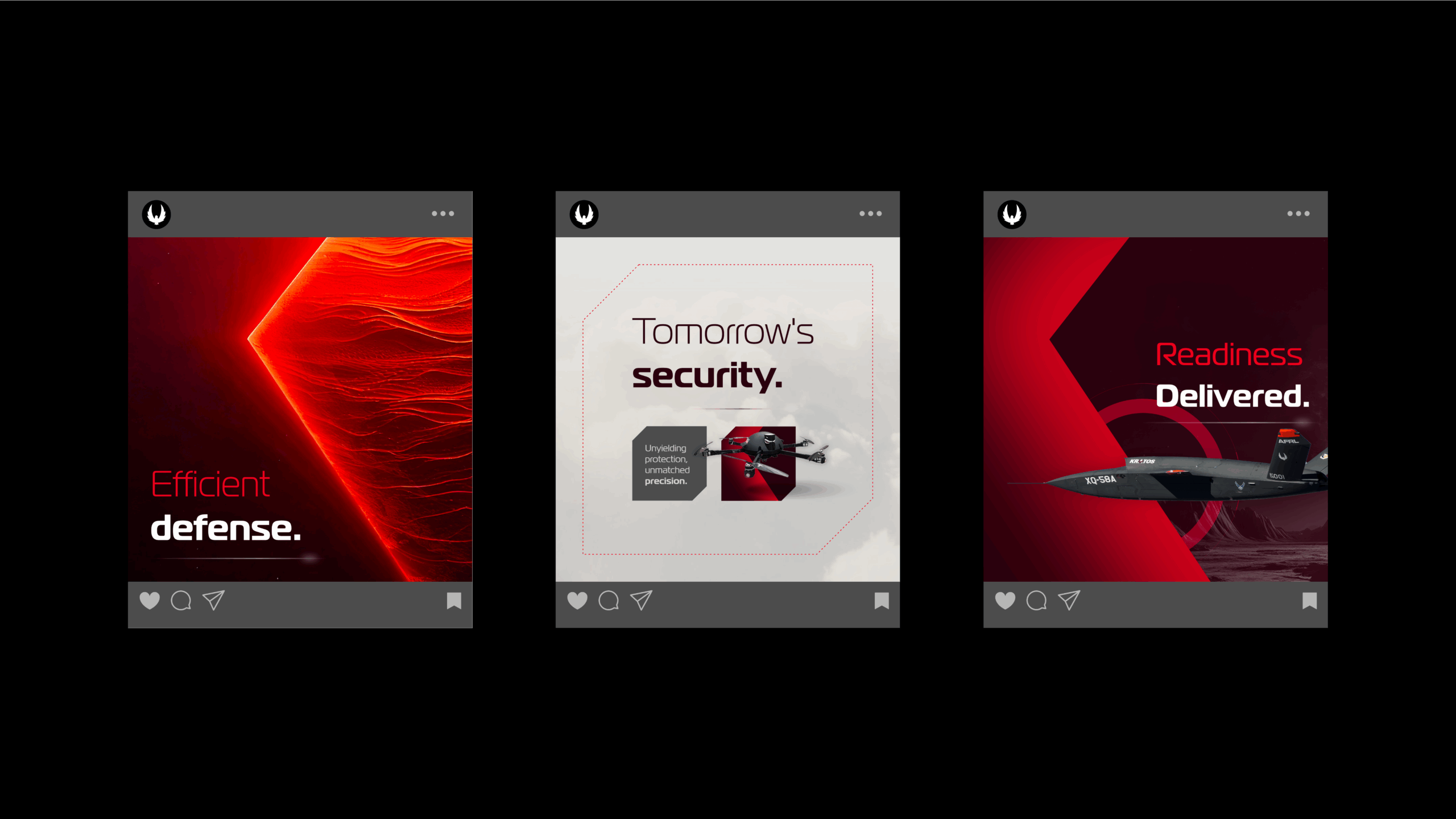
Strategies for Compliant-yet-Bold Campaigns
Regulated doesn’t mean boring. There are proven strategies to make social campaigns engaging while staying within compliance boundaries:
- Risk-Aware Creativity: Focus on storytelling, thought leadership, and educational content rather than promotional claims.
- Approval Workflows: Establish clear processes for legal and compliance review to ensure content aligns with regulations.
- Visual Consistency: Use graphics, video, and interactive formats to make content engaging without crossing compliance lines.
- Audience Segmentation: Tailor messaging for specific audiences to maximize relevance while controlling exposure.
- Monitor & Iterate: Track engagement metrics and compliance feedback to continuously improve campaigns.
By implementing these strategies, regulated brands can create social campaigns that are bold, relevant, and fully compliant, turning social media into a true growth lever.
Building a Platform for Ongoing Compliance
Long-term success on social media requires more than individual posts—it requires an internal framework. Brands should consider:
- Policy Templates: Standardized guidelines for content creation and posting.
- Training Programs: Educate marketers and social managers on compliance rules and industry regulations.
- Cross-Functional Collaboration: Close coordination between marketing, legal, and compliance teams.
- Monitoring Tools: Use social listening and compliance software to catch issues before they escalate.
A well-designed platform for compliance enables teams to move quickly, post boldly, and maintain consistent messaging without the fear of regulatory violations.
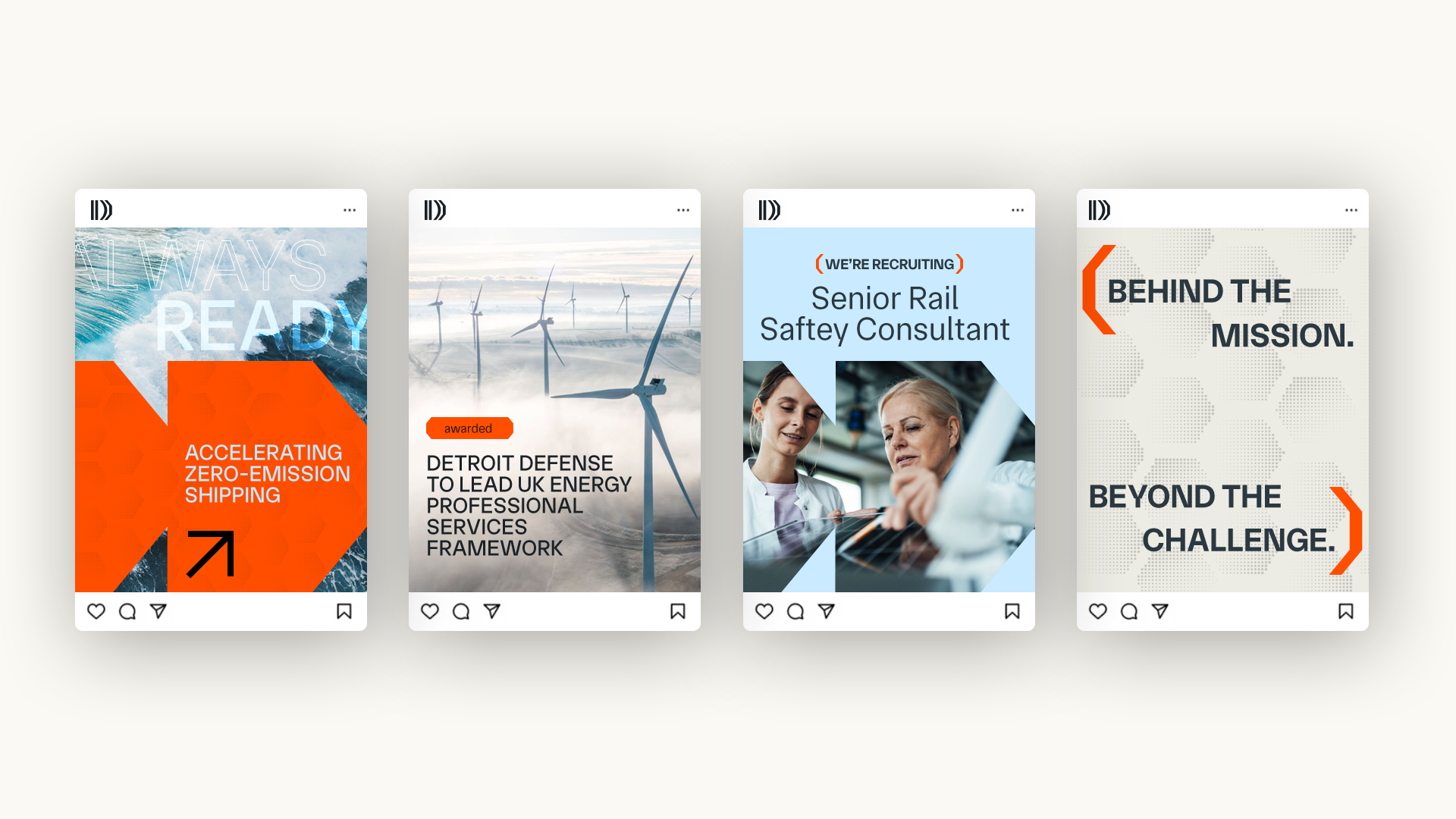
Measuring Success Without Risk
Performance metrics are critical for demonstrating ROI and ensuring campaigns remain compliant:
- Engagement Metrics: Likes, shares, comments, and clicks indicate audience interest.
- Conversion Metrics: Track lead generation, sign-ups, or other campaign objectives.
- Compliance Audits: Regularly review posts for adherence to regulations.
- Sentiment Analysis: Understand audience perception to guide content strategy.
These metrics help brands refine their approach, balance creativity with compliance, and continuously improve social media strategy for regulated industries.
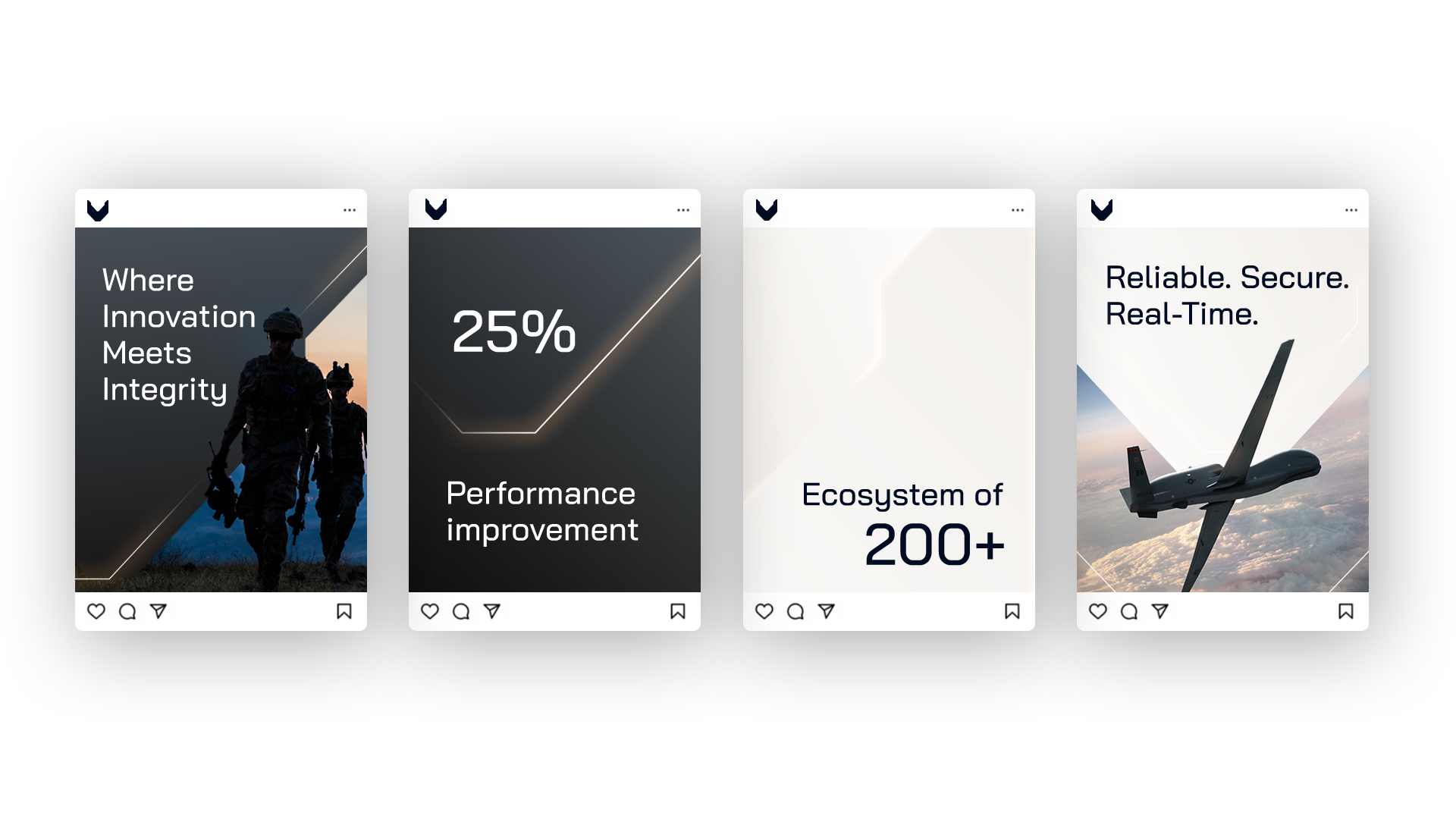
Take the Next Step: Make Social Media Work for Your Brand
Brands in regulated industries no longer have to choose between compliance and engagement. By aligning policy and platform, healthcare, finance, and defense organizations can run bold, effective social campaigns that resonate with audiences while staying within regulatory boundaries.
Federal technology companies face a unique marketing challenge. They build highly sophisticated tools that solve complex mission needs—yet communicating those capabilities in a way that resonates with government buyers is no small task. Acronyms, technical jargon, and dense feature lists rarely inspire decision-makers. What does? Storytelling.
The most successful federal contractors and technology innovators know how to translate capabilities into clear, compelling narratives. They move beyond “what we do” and focus on “why it matters”—to the mission, to the warfighter, to the public sector customer. In today’s competitive federal landscape, storytelling is the difference between blending into the noise and standing out with a campaign that truly resonates.
Why Storytelling Matters in Federal Tech Marketing
Capabilities on their own don’t sell. Every Fed Tech firm has engineers, IP, and technical differentiators. What separates leaders from the pack is the ability to shape those capabilities into stories that drive impact.
- Decision-makers buy outcomes, not specs. A CIO isn’t persuaded by a list of features. They want to know how a solution enhances readiness, improves security, or reduces cost.
- Complex missions need simple narratives. Government missions are layered and multifaceted. Storytelling makes those missions relatable, focusing on impact rather than complexity.
- Trust is built through clarity. When you distill advanced technology into a human story, you show that you understand your audience’s priorities—not just your product’s features.
The federal buying process is long and competitive. Effective storytelling helps position your brand at the top of the shortlist by aligning your narrative with the mission at hand.

From Capability to Campaign: Building the Narrative Framework
Translating federal tech capabilities into campaigns requires structure. It’s about creating a narrative framework that connects the dots between what your company does and why it matters.
- Start with the mission. Anchor your story in the government agency’s core mission: national security, citizen services, space exploration, or digital modernization.
- Define the challenge. Frame the “why” by highlighting the barriers or inefficiencies that agencies face.
- Introduce the capability. Position your solution as the enabler of mission success—not the hero itself.
- Highlight the outcome. Show measurable impact: faster decision-making, enhanced resiliency, improved collaboration.
- Elevate the human element. Connect the dots to the people behind the mission—warfighters, civil servants, or end-users.
This narrative foundation becomes the spine of a campaign, ensuring every creative asset ties back to a cohesive and resonant story.
Campaign Tactics That Bring Federal Tech Stories to Life
Once the narrative is built, it’s time to translate it into channels and formats that reach the right decision-makers. For federal tech companies, some of the most effective campaign tactics include:
- Video storytelling: Short videos that show how a solution impacts the mission—whether through a warfighter’s perspective or a CIO’s voice—are more memorable than feature sheets.
- Interactive demos: Rather than presenting static slides, interactive content lets buyers see how capabilities translate into real-world results.
Thought leadership content: Blogs, whitepapers, and op-eds that frame solutions in the context of policy priorities build credibility. - Tradeshow activations: Federal events like AFCEA, GEOINT, and AUSA are opportunities to translate capabilities into immersive, story-driven experiences.
- Digital campaigns: Targeted LinkedIn ads and social content help extend the campaign story to specific buyer personas.
Each channel reinforces the same narrative thread, ensuring consistent and compelling storytelling across touchpoints.
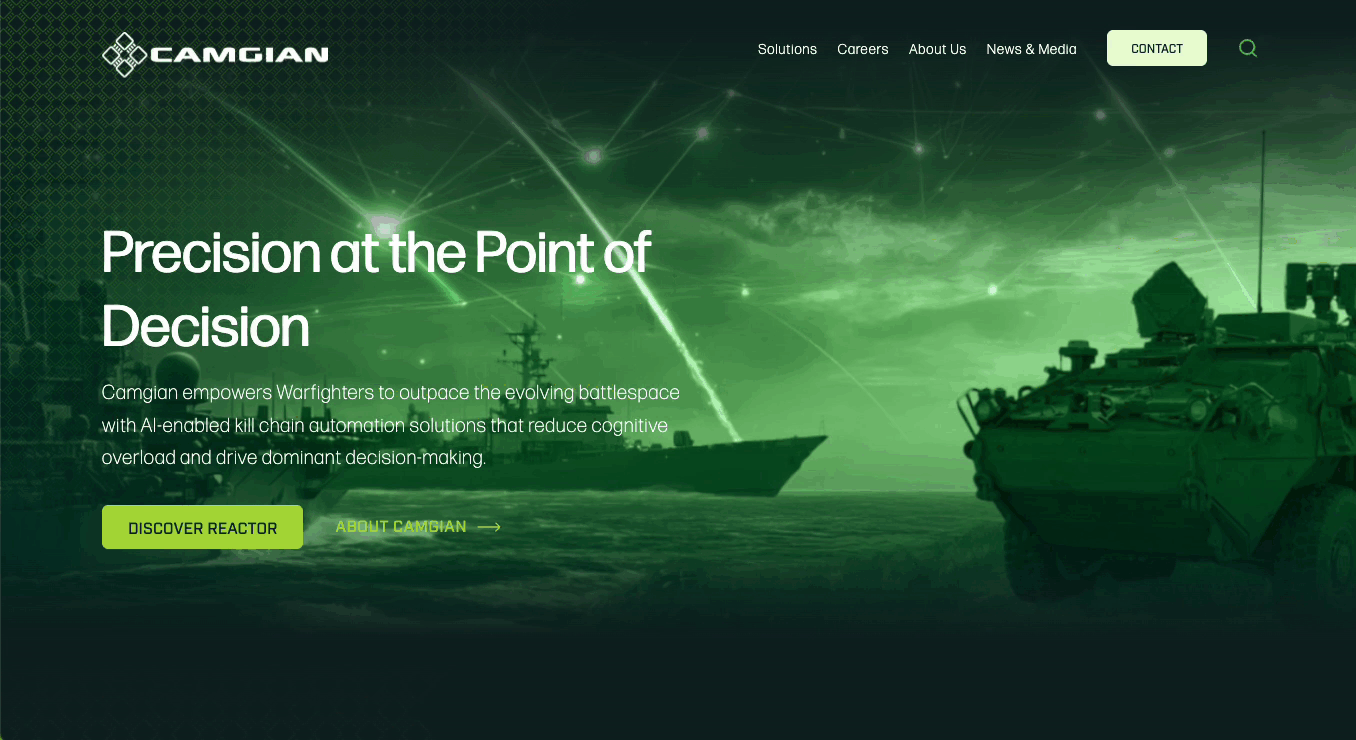
Examples of Storytelling in Federal Tech
While we can’t share client details directly, here are common storytelling approaches that federal tech leaders have successfully used:
- The Mission Hero: Campaigns that highlight how the technology empowers the warfighter or civil servant, shifting the spotlight from the brand to the end-user.
- The Future-Ready Agency: Narratives that position capabilities as enablers of digital transformation, showing how an agency can adapt to tomorrow’s challenges today.
- The Trusted Partner: Storylines that underscore reliability, security, and trust—qualities that are critical in the federal space.
These archetypes simplify complex offerings and frame them in ways that resonate with federal audiences.
Best Practices for Fed Tech Storytelling Campaigns
To turn technical capabilities into high-performing campaigns, federal marketers should keep a few best practices in mind:
- Avoid acronym overload. Speak in human terms. Technical buyers still respond better to stories than to alphabet soup.
- Balance detail with clarity. Provide enough specificity to show credibility, but always lead with outcomes.
- Leverage visuals. Infographics, animations, and data visualizations make abstract capabilities tangible.
- Segment audiences. Tailor the story differently for decision-makers, influencers, and end-users.
- Measure resonance. Track not just clicks, but engagement with the narrative—are audiences spending time with your content, watching your videos, or downloading assets?
By following these practices, campaigns achieve the rare balance of being both technically accurate and emotionally compelling.
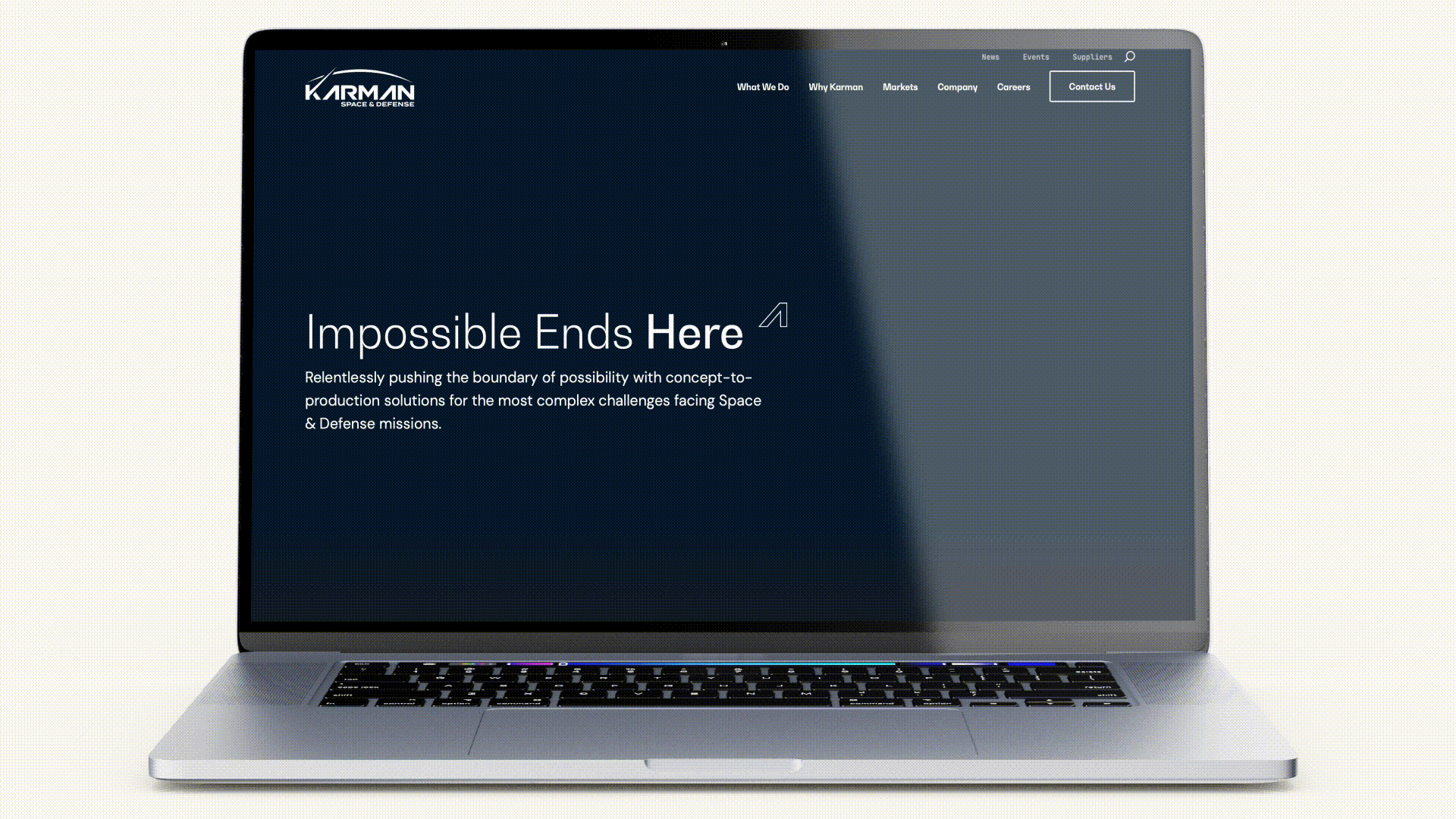
The Future of Federal Tech Marketing: Story-First Strategies
Federal agencies are facing unprecedented challenges—from evolving cyber threats to space-based operations to citizen experience modernization. As missions grow more complex, the need for clarity in communication grows stronger.
The future of Fed Tech marketing lies in story-first strategies: campaigns that distill advanced technologies into human-centric narratives that resonate with both the technical buyer and the mission stakeholder. The brands that master this will not only win contracts, they’ll also shape the conversation around the future of federal innovation.
Turn Capabilities into Campaigns That Resonate
Capabilities may win engineers’ respect, but stories win contracts. For federal technology firms, success lies in building campaigns that move beyond features to highlight mission impact, human outcomes, and national importance.
At Bluetext, we specialize in helping federal tech companies shape their capabilities into compelling stories that stand out in a crowded marketplace. If you’re ready to transform your technical strengths into campaigns that resonate with the federal audience, contact us today to start building your story.
In B2G marketing, one-size-fits-all approaches are no longer enough. Government procurement processes are complex, multi-layered, and highly regulated, involving diverse stakeholders from contracting officers to program managers to end users. To succeed, marketers must embrace B2G personalization—strategically tailoring content and messaging that speaks directly to each decision-maker, without crossing ethical or regulatory boundaries.
When done correctly, personalization in B2G isn’t about flashy gimmicks or invasive targeting—it’s about relevance, trust, and clarity. Agencies respond best when content demonstrates a clear understanding of their mission, priorities, and pain points. Marketers who master this approach can influence procurement decisions, build stronger relationships, and ultimately increase win rates on RFPs.
Understanding the B2G Procurement Landscape
Government procurement is inherently complex. Each contract often involves a network of stakeholders, each with unique priorities:
- Contracting officers oversee compliance, budgets, and timelines.
- Program managers focus on technical requirements, implementation feasibility, and outcomes.
- Technical evaluators and end users scrutinize usability, interoperability, and functionality.
Marketing without this insight risks producing generic content that falls flat. Successful B2G personalization starts by mapping these roles and understanding when and how each interacts with your messaging.
Equally critical is recognizing the regulatory environment. The Federal Acquisition Regulation (FAR) and agency-specific ethical guidelines dictate what marketers can and cannot communicate. Personalization must operate within these guardrails, leveraging publicly available information and research to craft meaningful engagement.

Personalization in B2G—What It Is and What It’s Not
Personalization in B2G marketing is not consumer-style microtargeting. It’s a strategic, research-driven approach:
- What it is: Tailoring messaging based on agency priorities, procurement stage, and stakeholder role.
- What it isn’t: Using invasive data tracking, scraping private information, or attempting to influence decisions unethically.
Compliant personalization leverages public data: agency websites, budget reports, RFP histories, FOIA-accessible records, and professional networks. For example, when marketing an IT modernization solution, contracting officers may prioritize cost control, while program managers value interoperability and risk mitigation. The same solution can be framed differently depending on the stakeholder, ensuring your content resonates at every level.
Tactics for Tailored Content That Influences Procurement Decisions
1. Role-Based Content Mapping
Develop content for each stakeholder’s unique questions and priorities. Examples include:
- Technical whitepapers for evaluators
- ROI calculators for financial reviewers
- Solution briefs emphasizing mission alignment for program managers
2. Agency-Specific Messaging
Research the mission, mandate, and ongoing initiatives of your target agency. Tailor your content to demonstrate how your solution supports their objectives, not just your product features.
3. Bid Cycle Timing
The timing of your engagement matters. Thought leadership pieces can educate early in the procurement cycle, while targeted solution demos or case studies provide actionable proof when RFPs are active.
4. Content Formats That Resonate
Use formats that engage stakeholders efficiently:
- Interactive case studies demonstrating measurable outcomes
- Webinars with subject matter experts to address technical questions
- Capability briefs highlighting relevant prior projects
The goal is to provide proof of performance that builds trust and confidence among decision-makers.
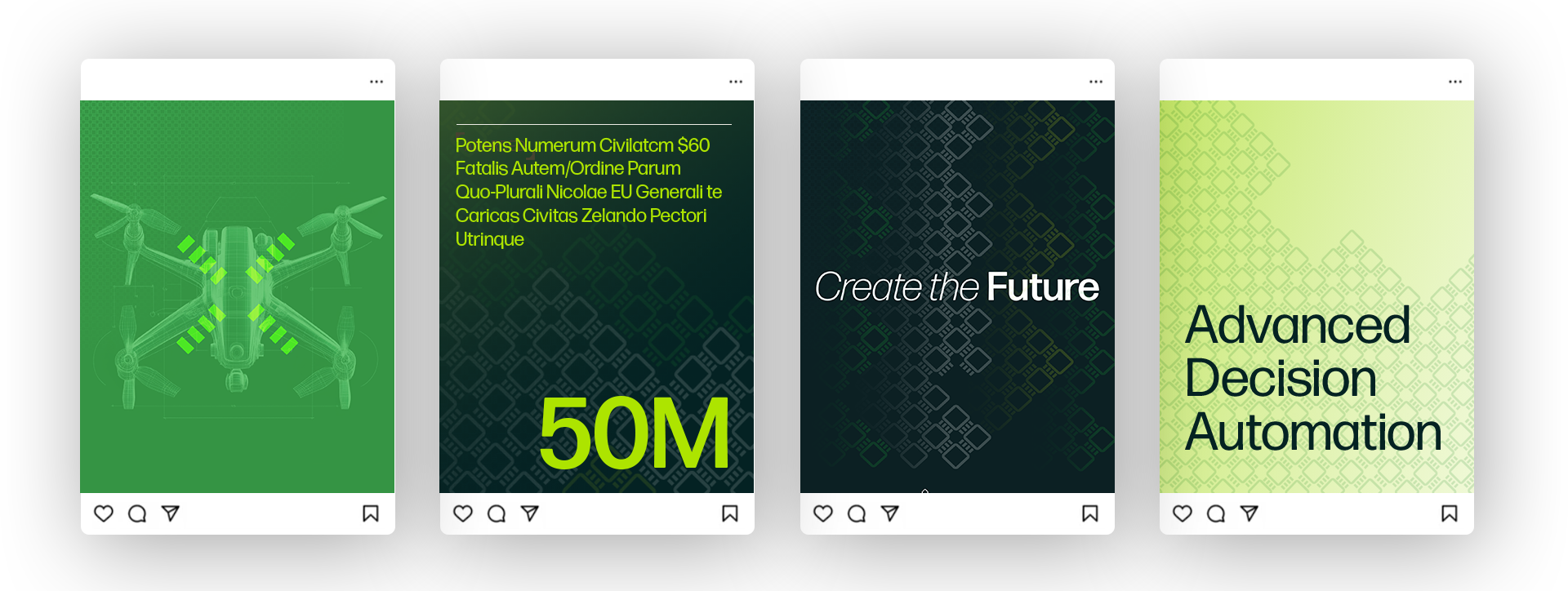
Leveraging Data—Within Ethical & Regulatory Bounds
Marketers can use data ethically to enhance personalization. Useful sources include:
- SAM.gov opportunity listings and historical contracts
- Agency budget and strategy reports
- Public remarks or statements from agency leadership
- Industry research and public surveys
Tools like CRM platforms, analytics dashboards, and AI-driven insights can help map stakeholder journeys without violating compliance standards. The key is using data to understand needs and priorities, not to bypass ethical guidelines.
Measuring the Impact of B2G Personalization
Tracking the effectiveness of personalized campaigns is critical. Metrics to monitor include:
- Increased engagement from targeted agencies
- Shorter education-to-conversion timelines for procurement decisions
- Higher win rates on RFPs where tailored content was deployed
Feedback loops, such as surveys or post-award debriefs, provide actionable insights to refine messaging and improve future campaigns.

The Future of Personalization in B2G Procurement
AI and generative engines are changing the landscape. Within compliance, these technologies can:
- Enhance stakeholder insights by analyzing publicly available data trends
- Optimize content for discoverability in AI-driven search (Generative Engine Optimization, or GEO)
- Enable omnichannel engagement, combining digital, in-person, and virtual touchpoints
The future belongs to marketers who balance technology with strategy, delivering personalized messaging that resonates across every stakeholder and procurement stage.
Driving Meaningful Stakeholder Engagement in B2G
B2G personalization is about more than customized messaging—it’s a strategic approach that aligns content, timing, and stakeholder needs while staying compliant and ethical. When marketers apply these principles, they gain:
- Stronger relationships with procurement stakeholders
- Increased trust and credibility
- Better outcomes on bids and contract awards
Bluetext helps B2G marketers navigate the intersection of personalization and procurement with strategies that work. Contact us to craft campaigns that resonate with your stakeholders.